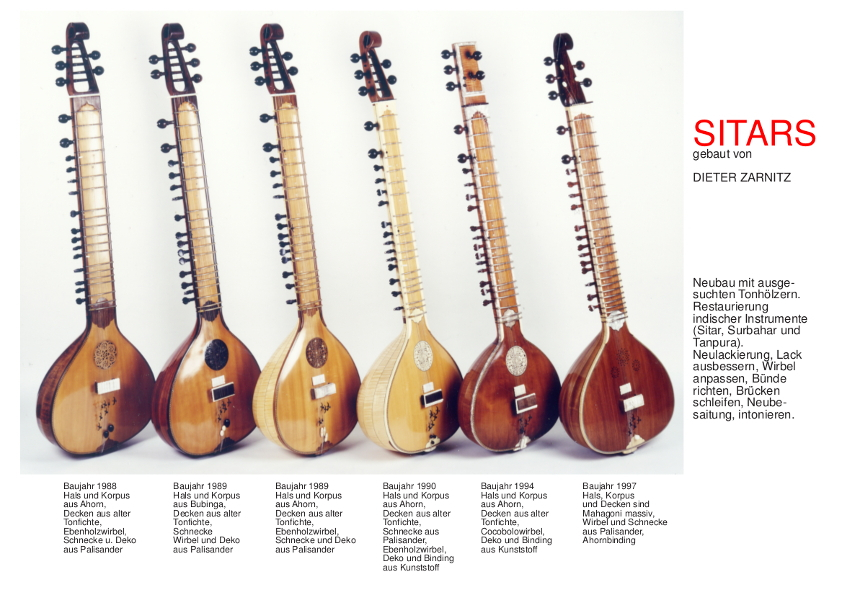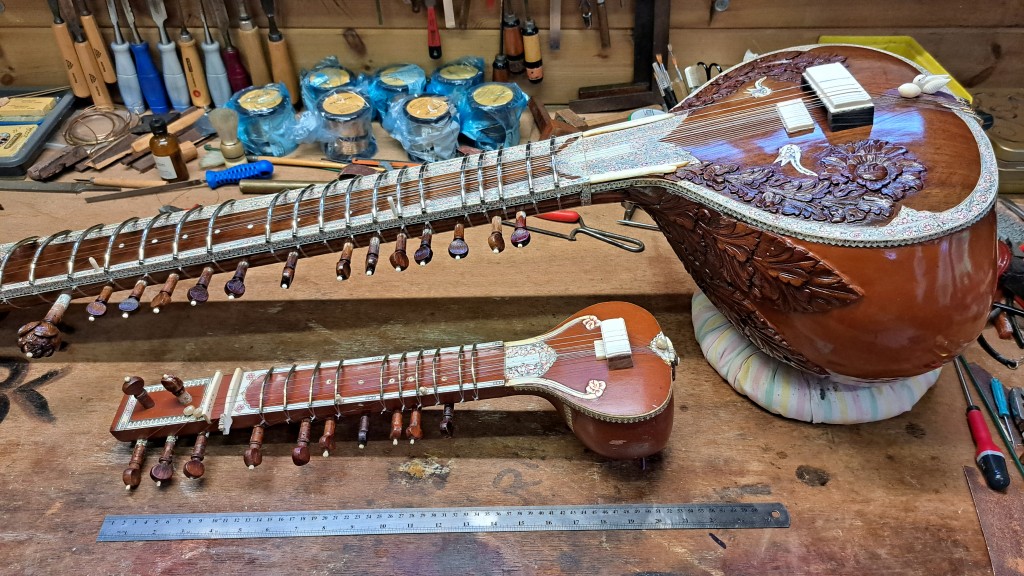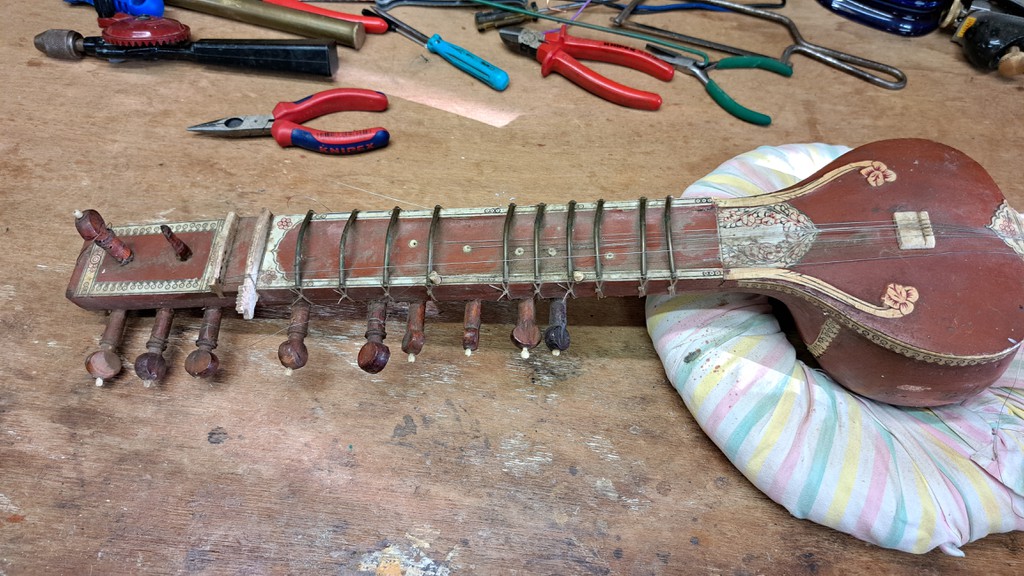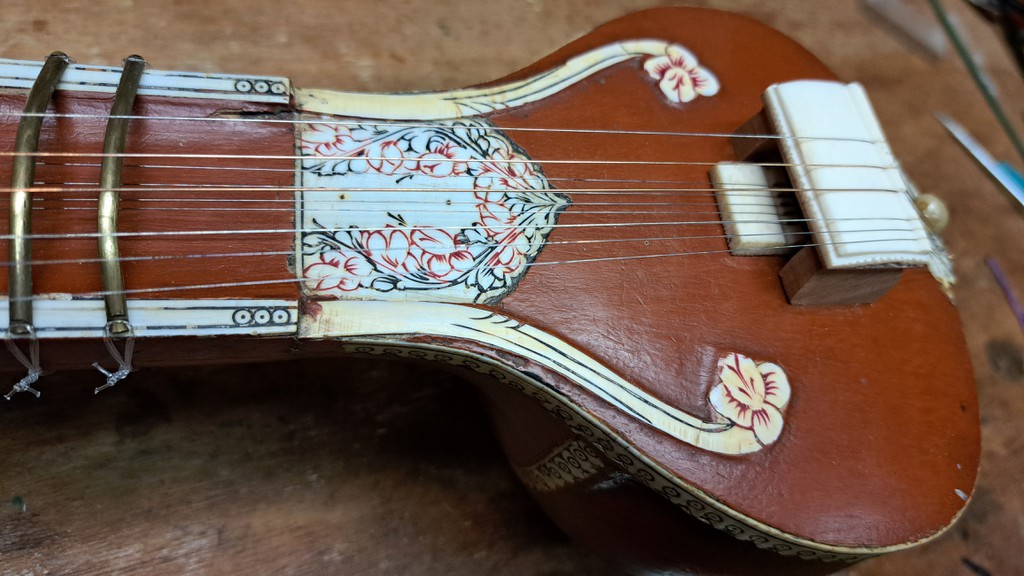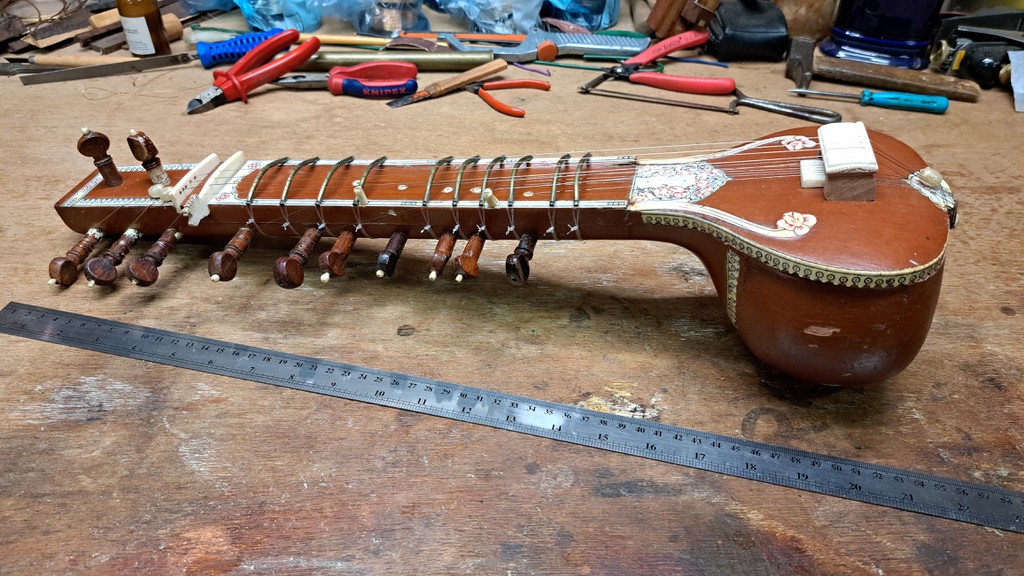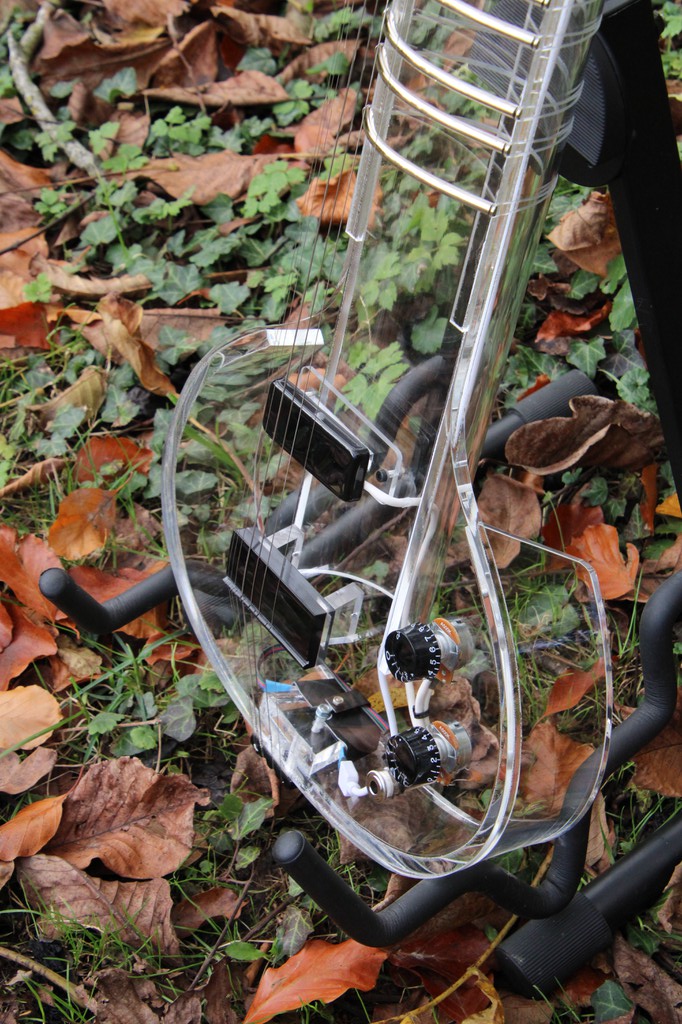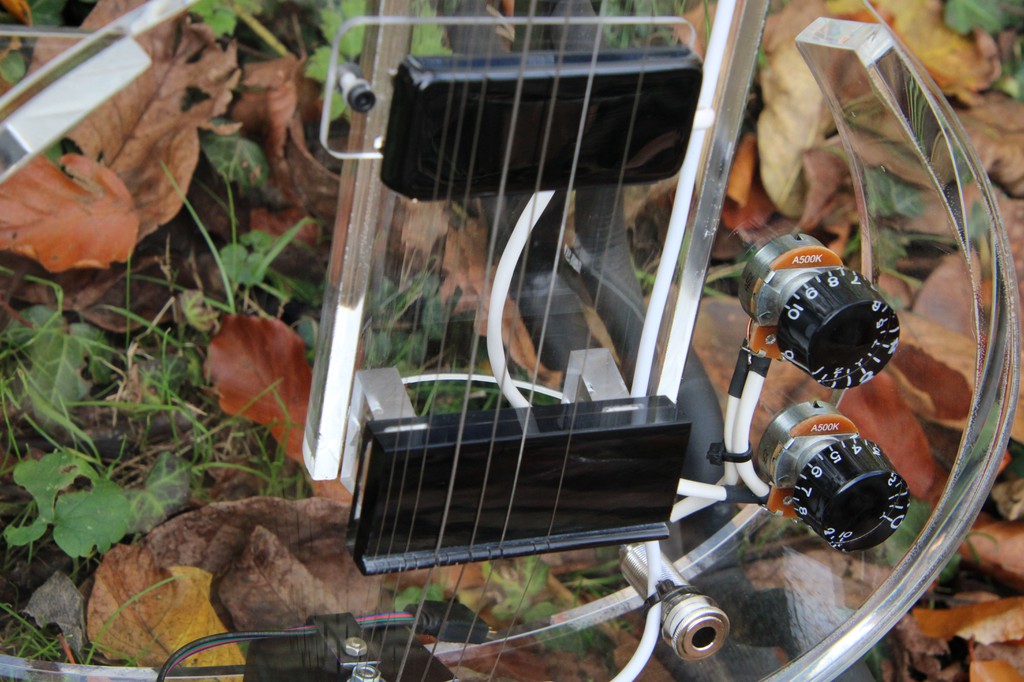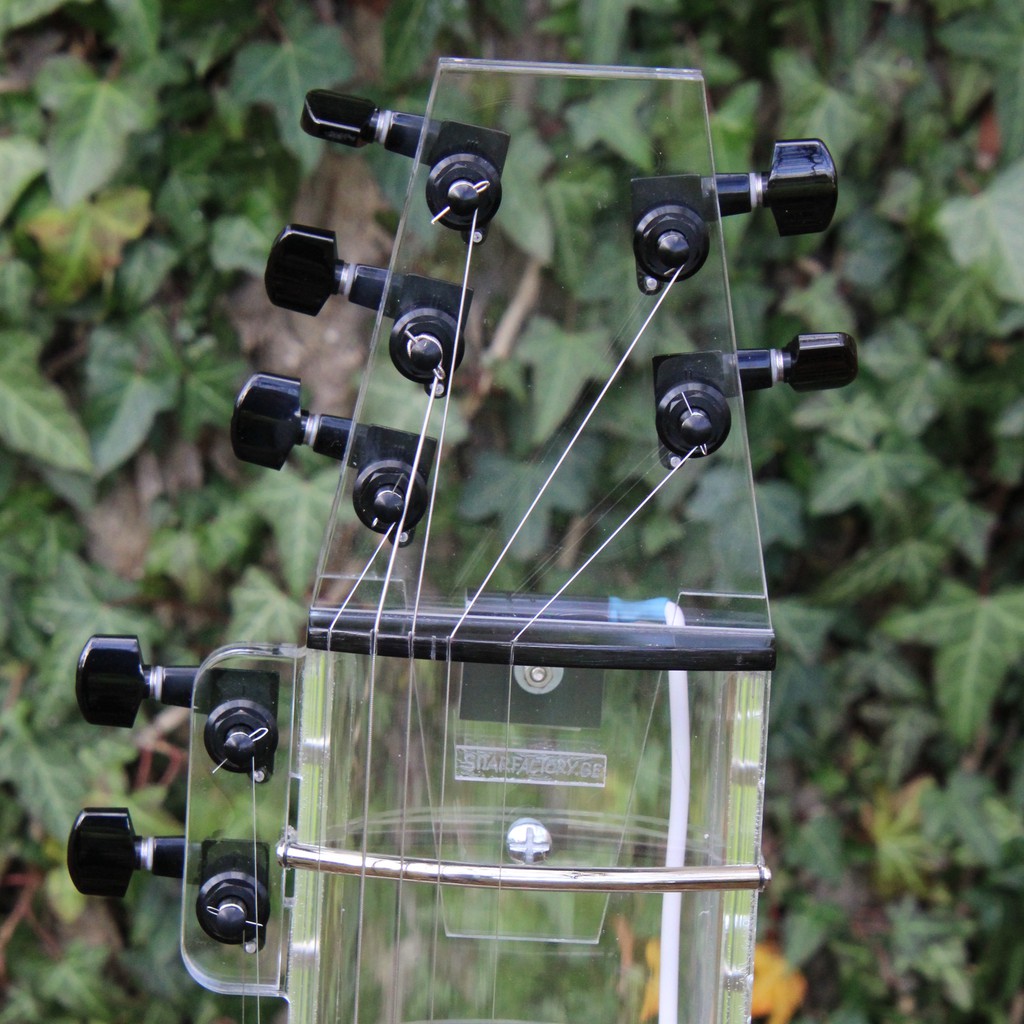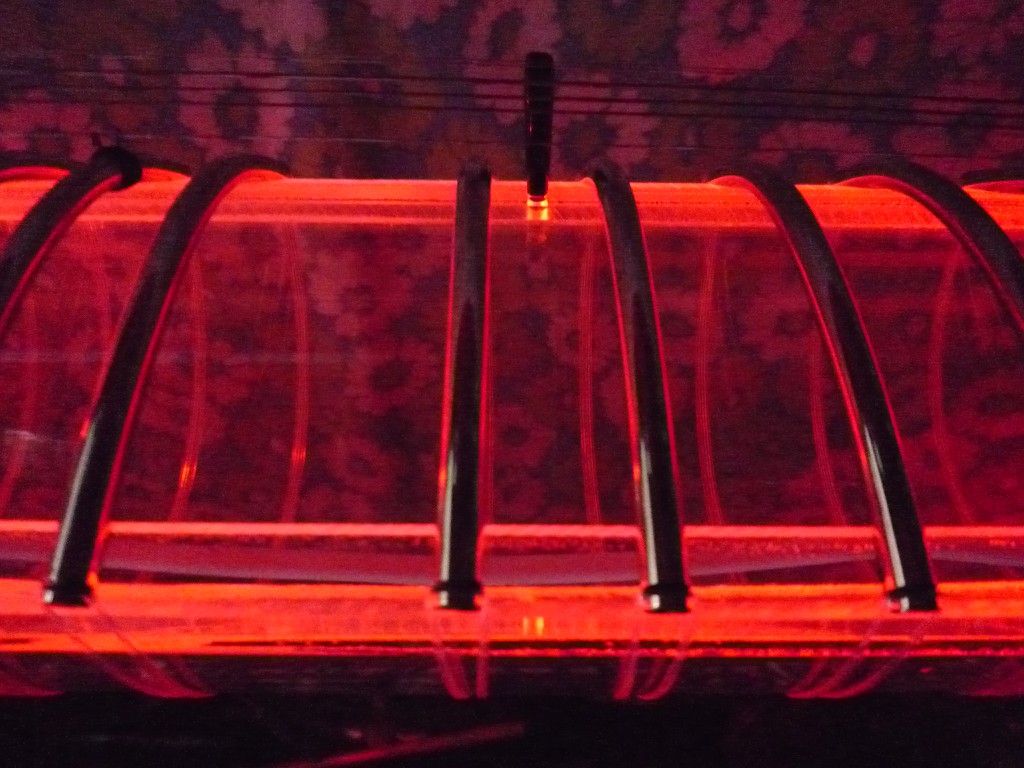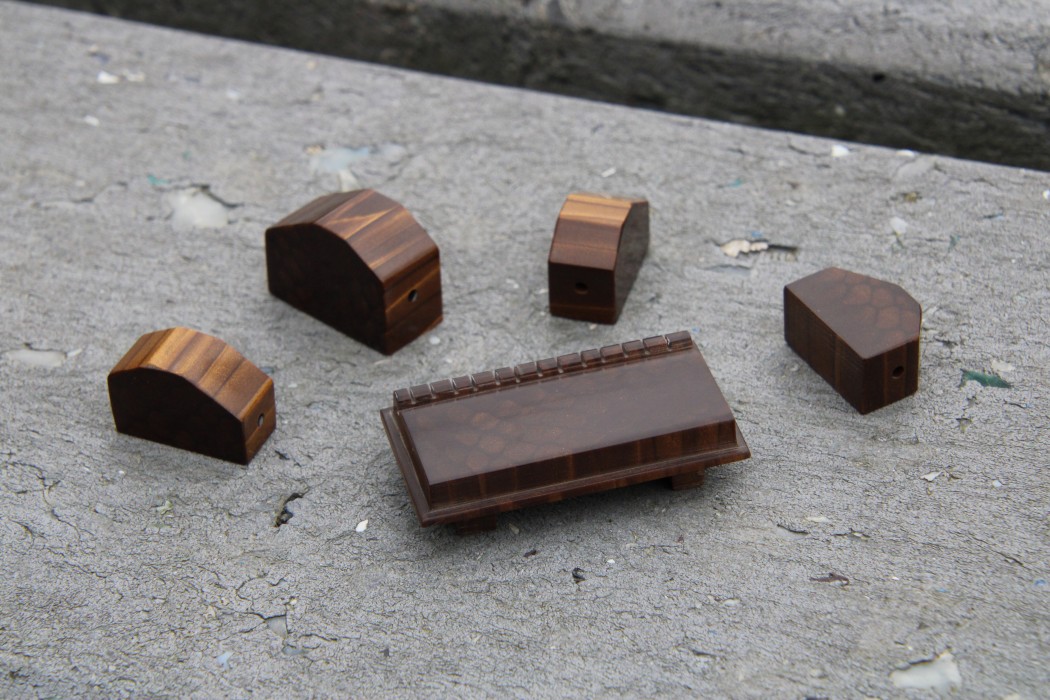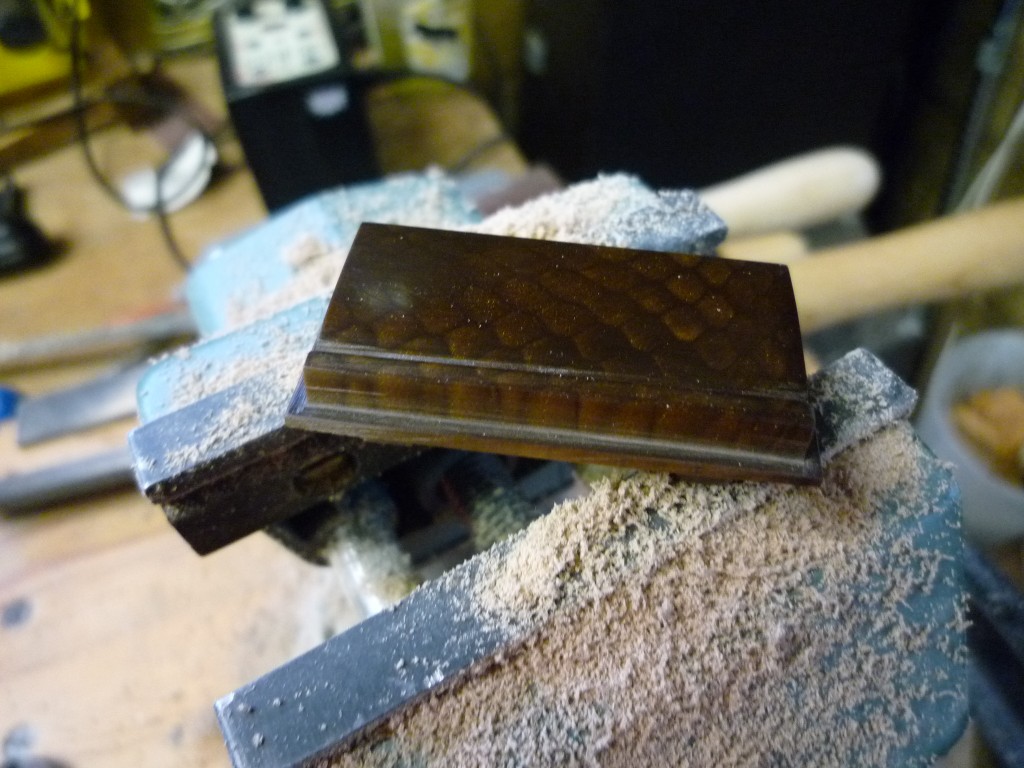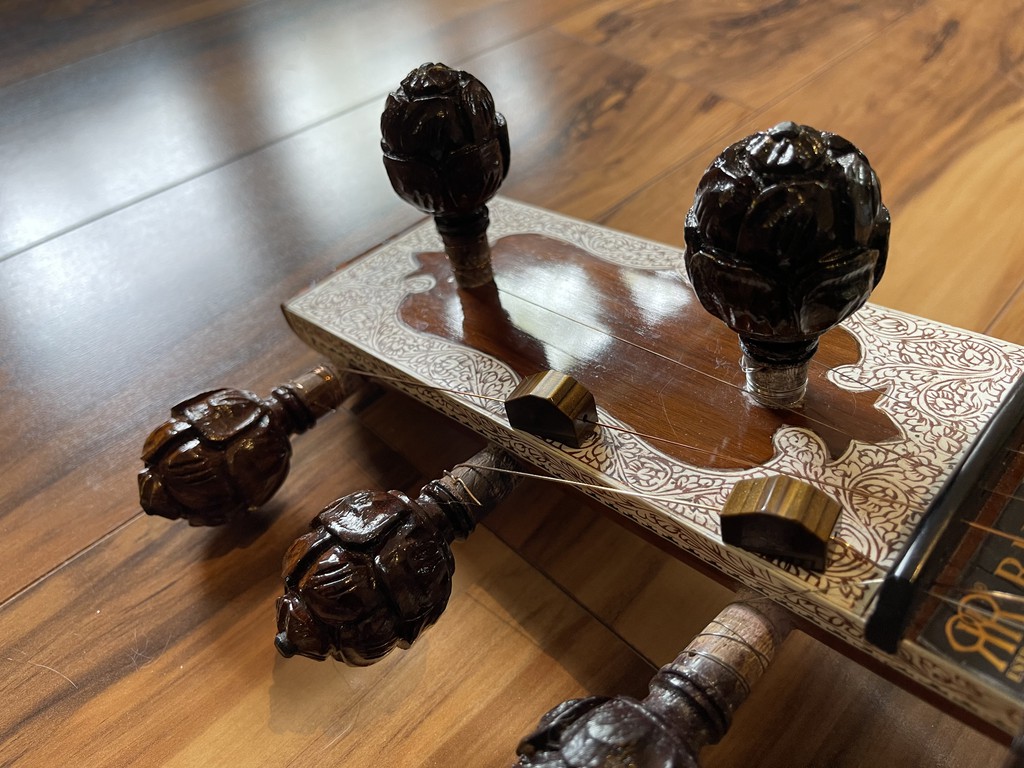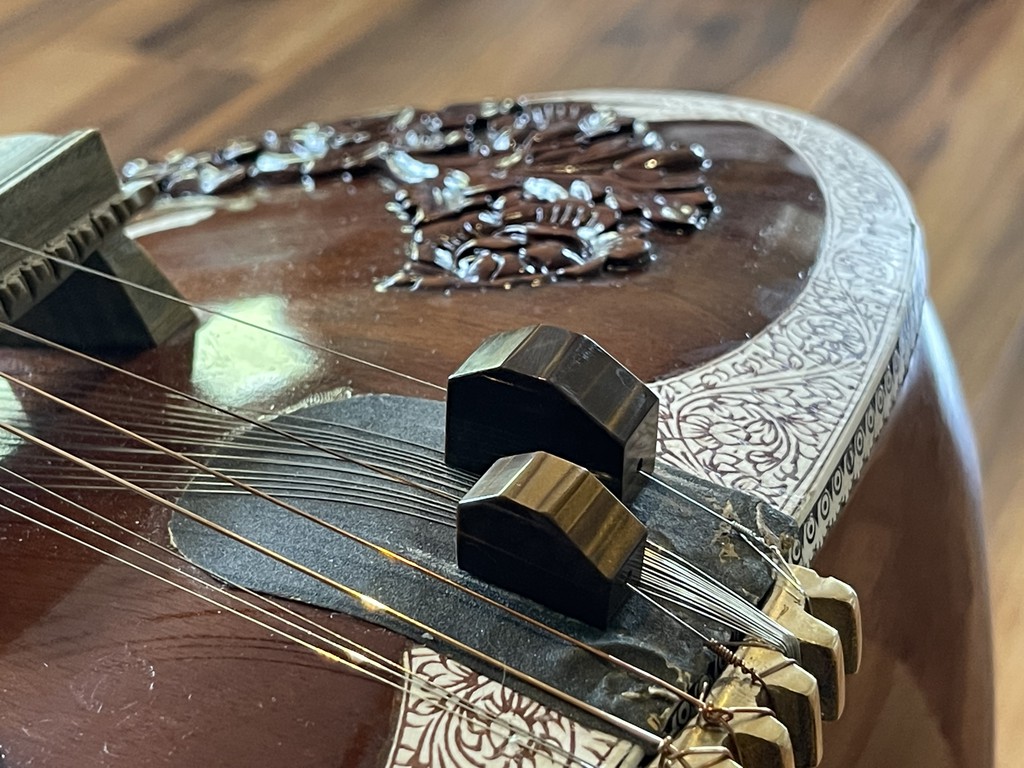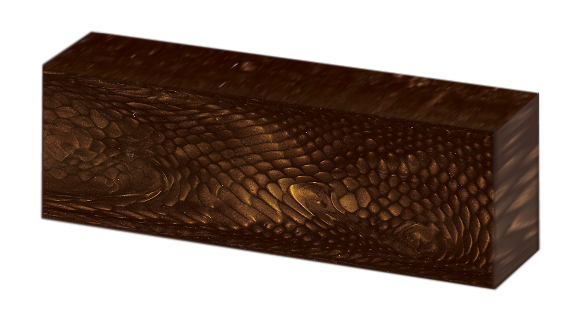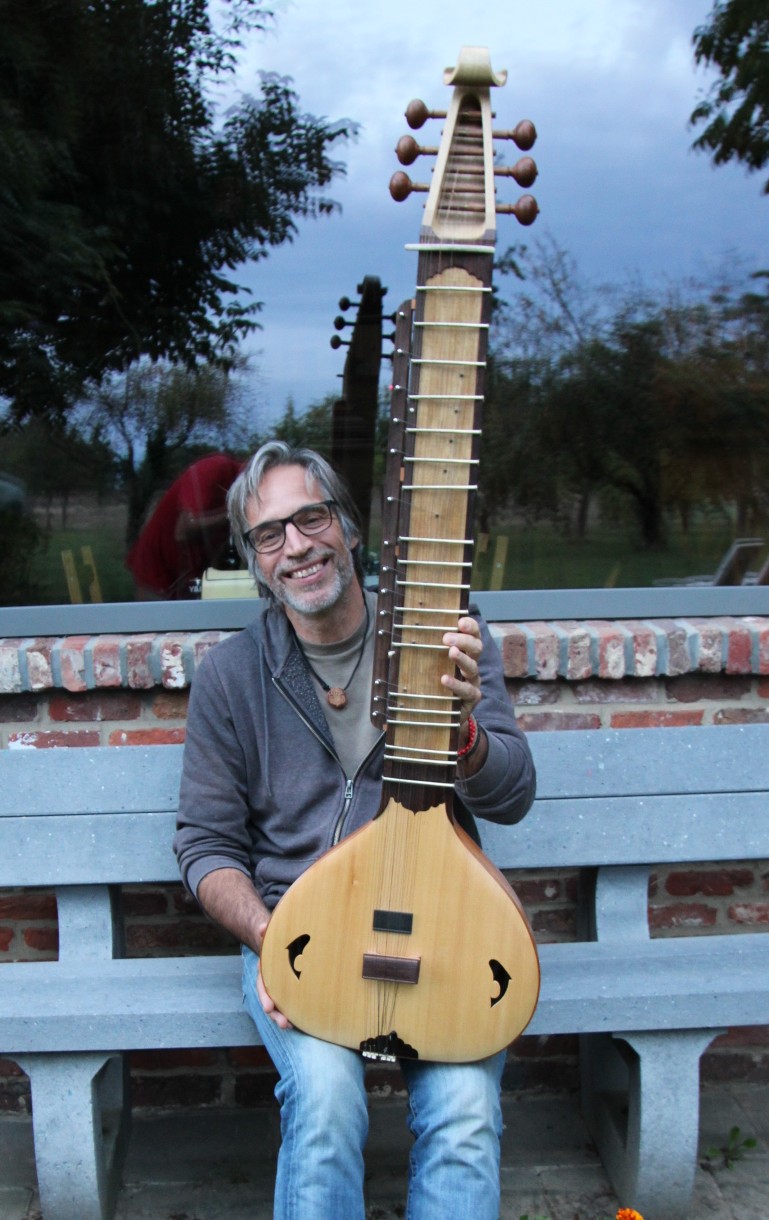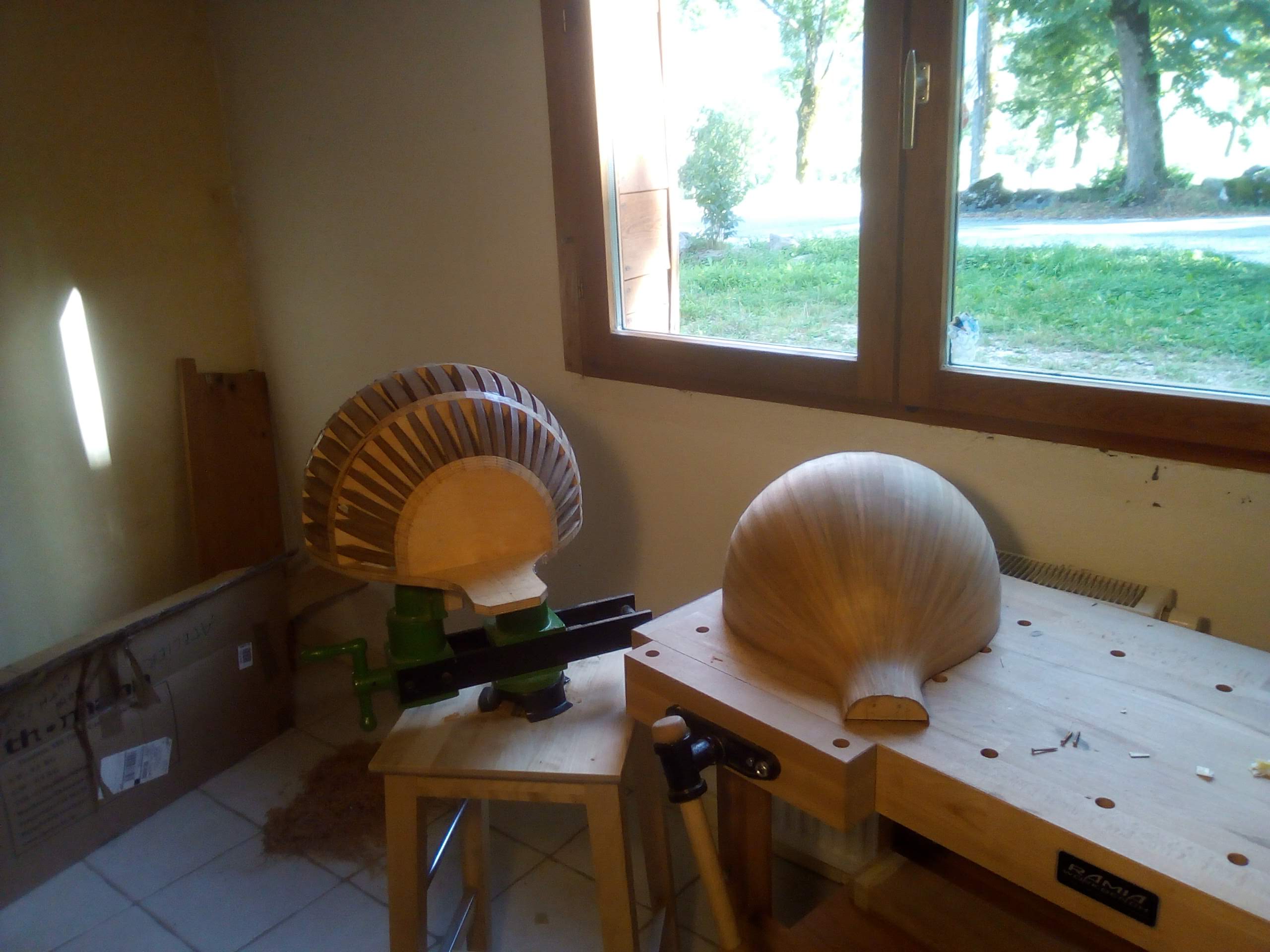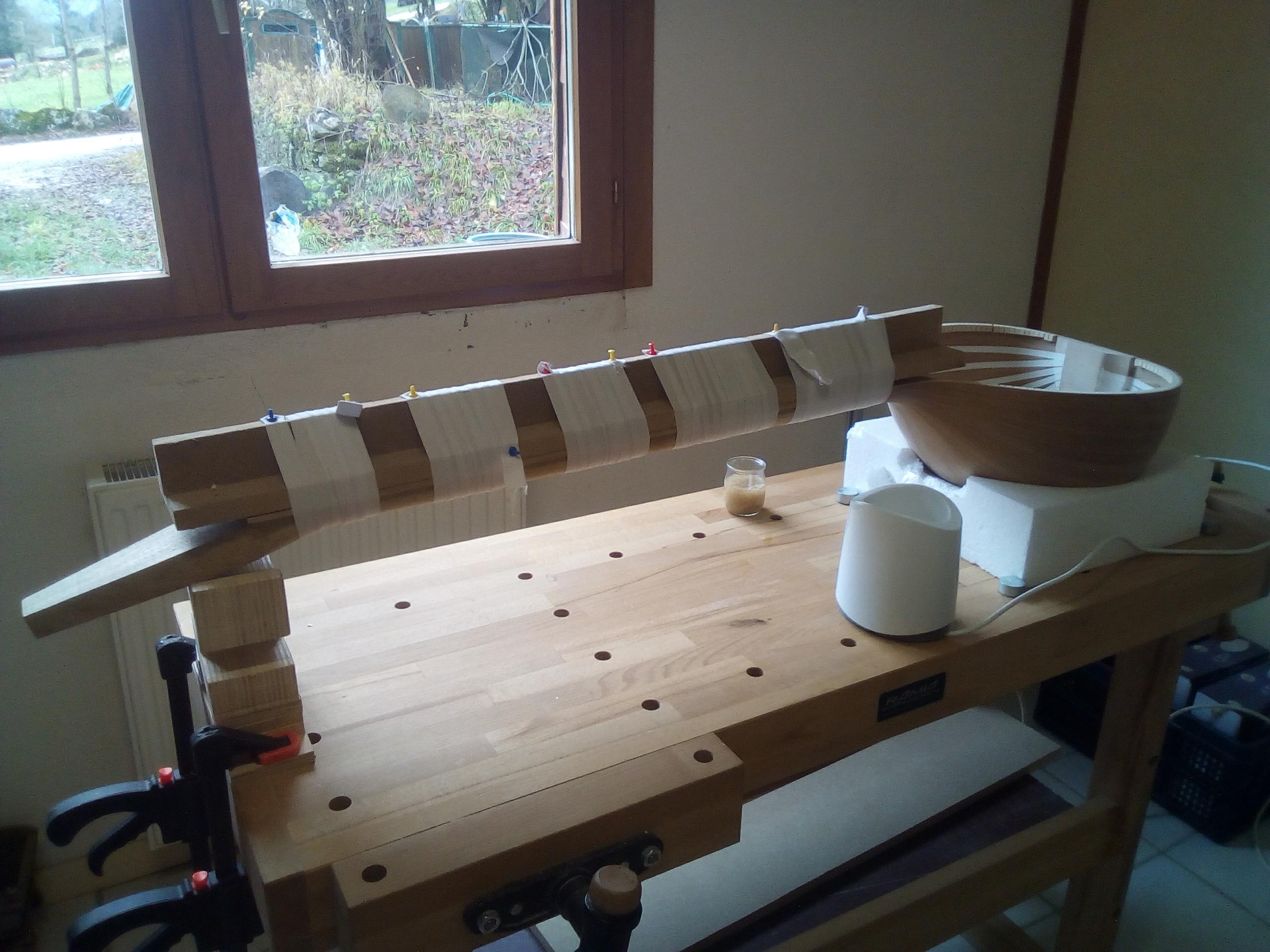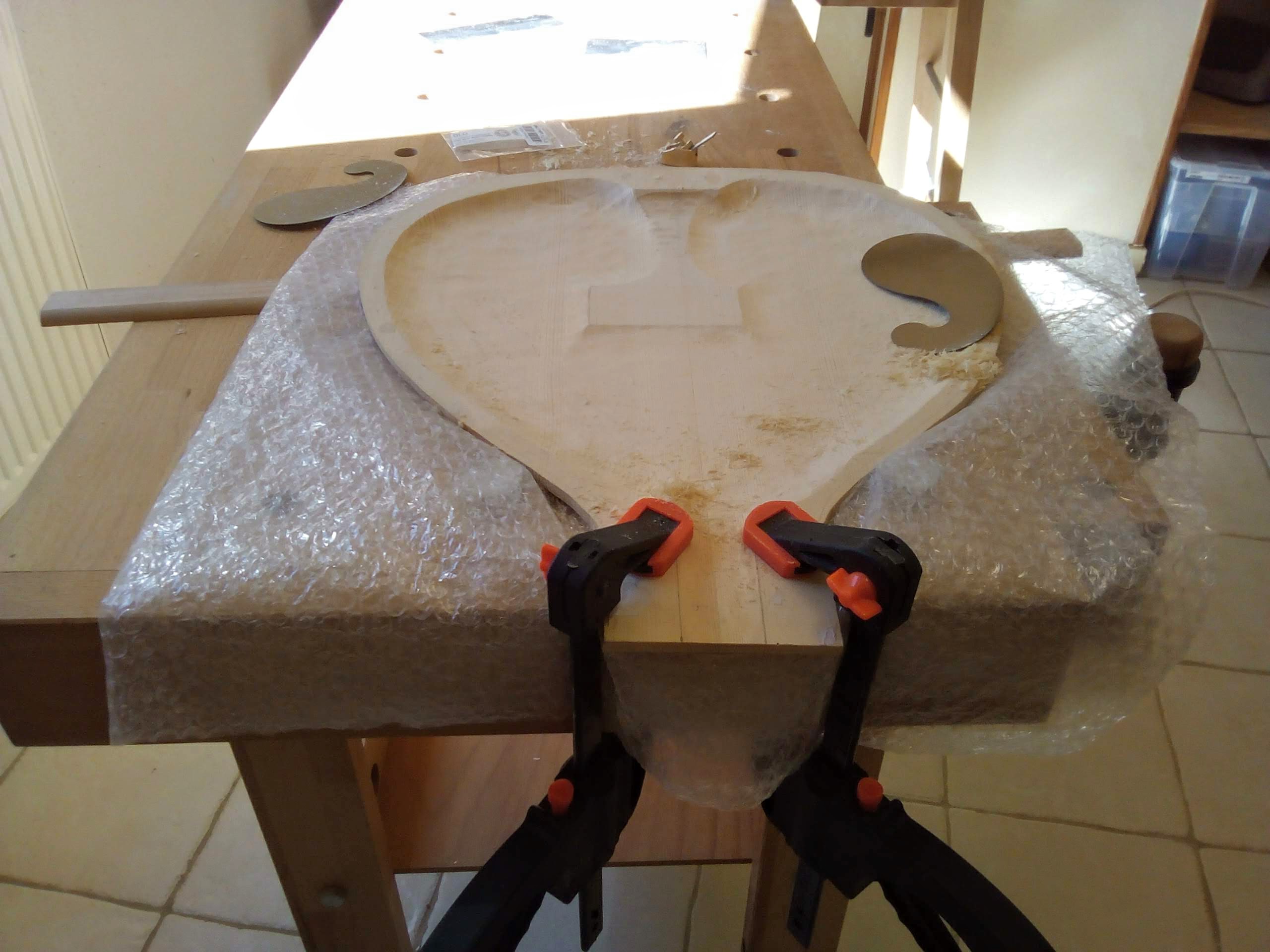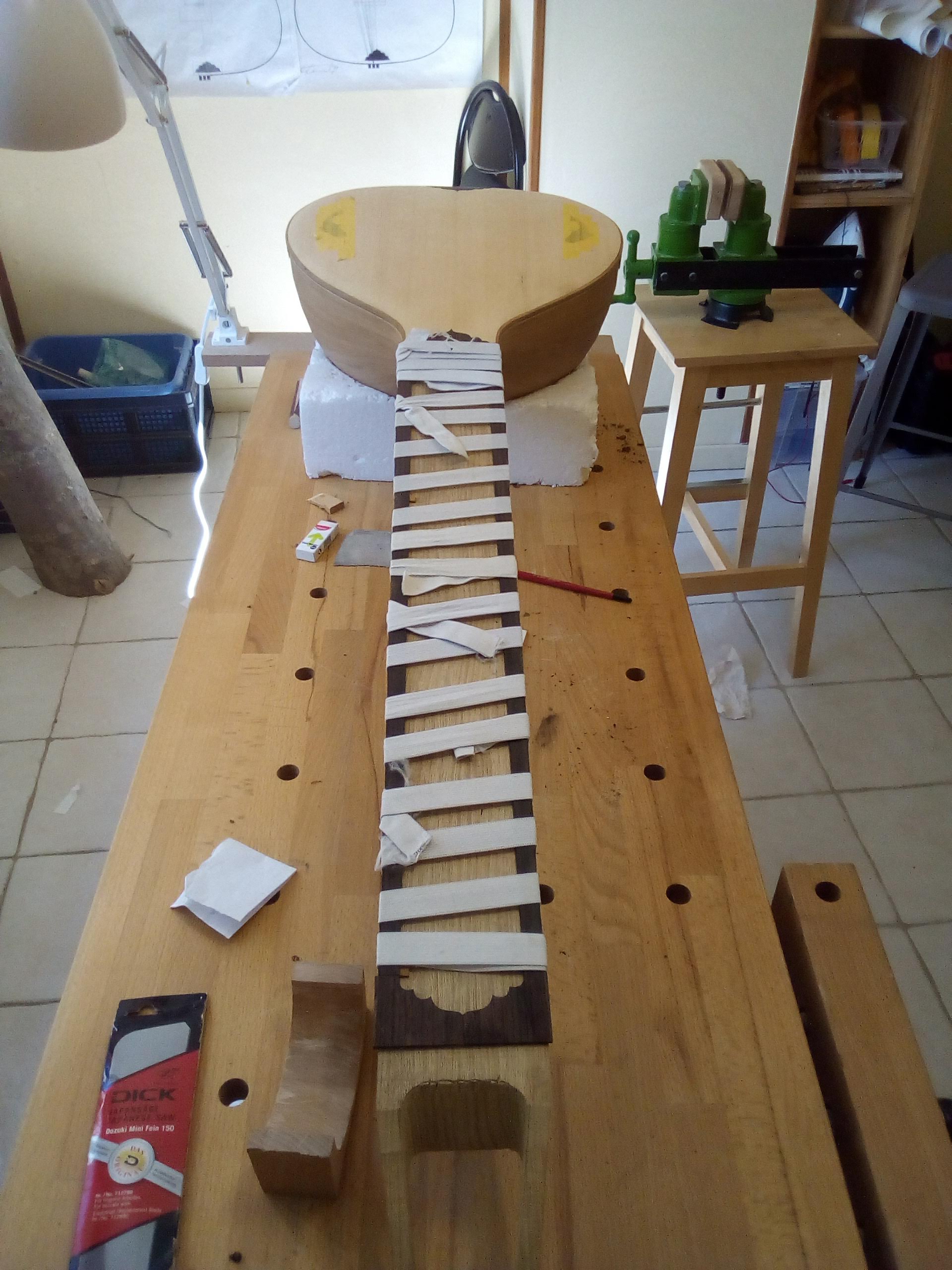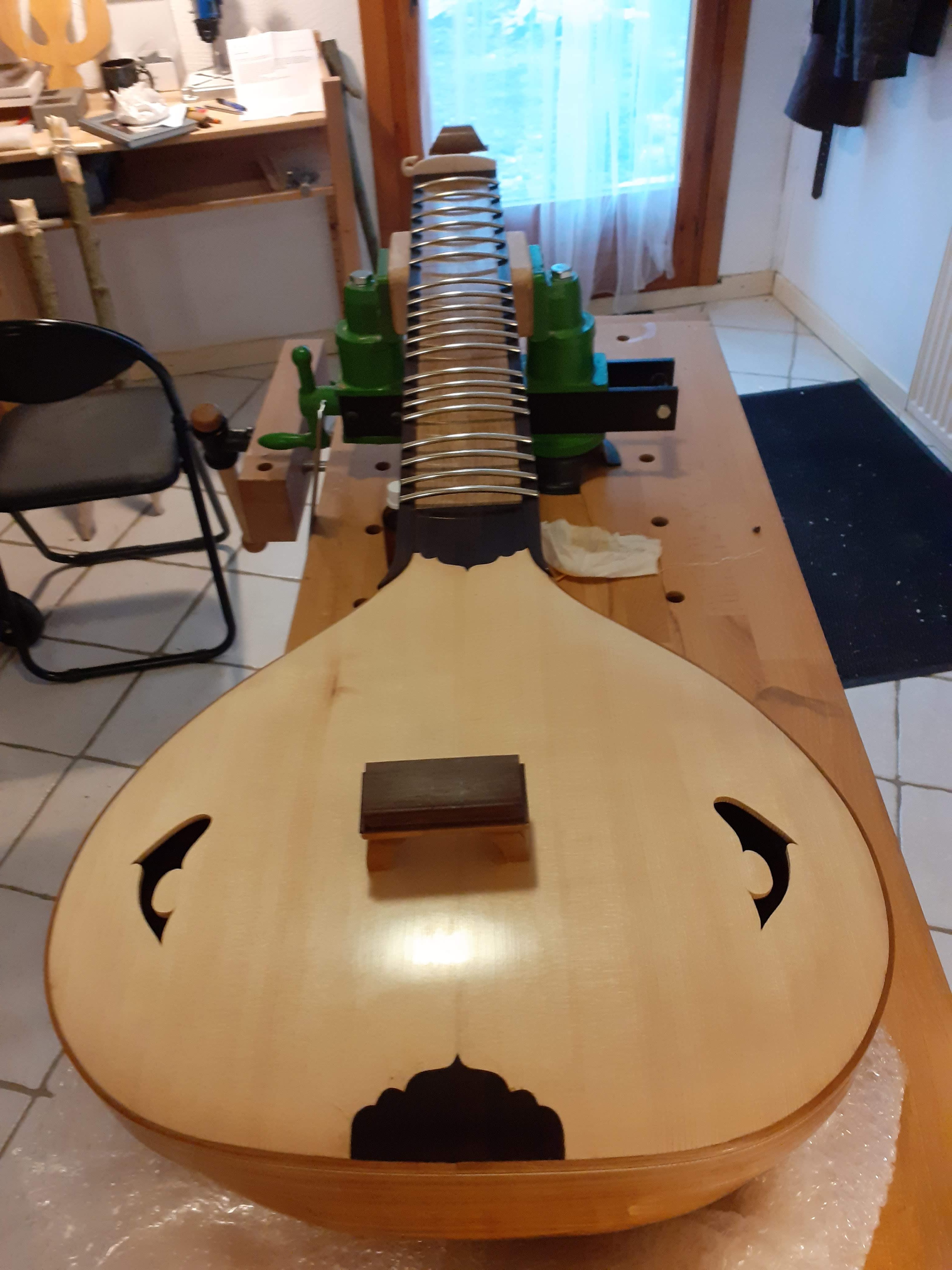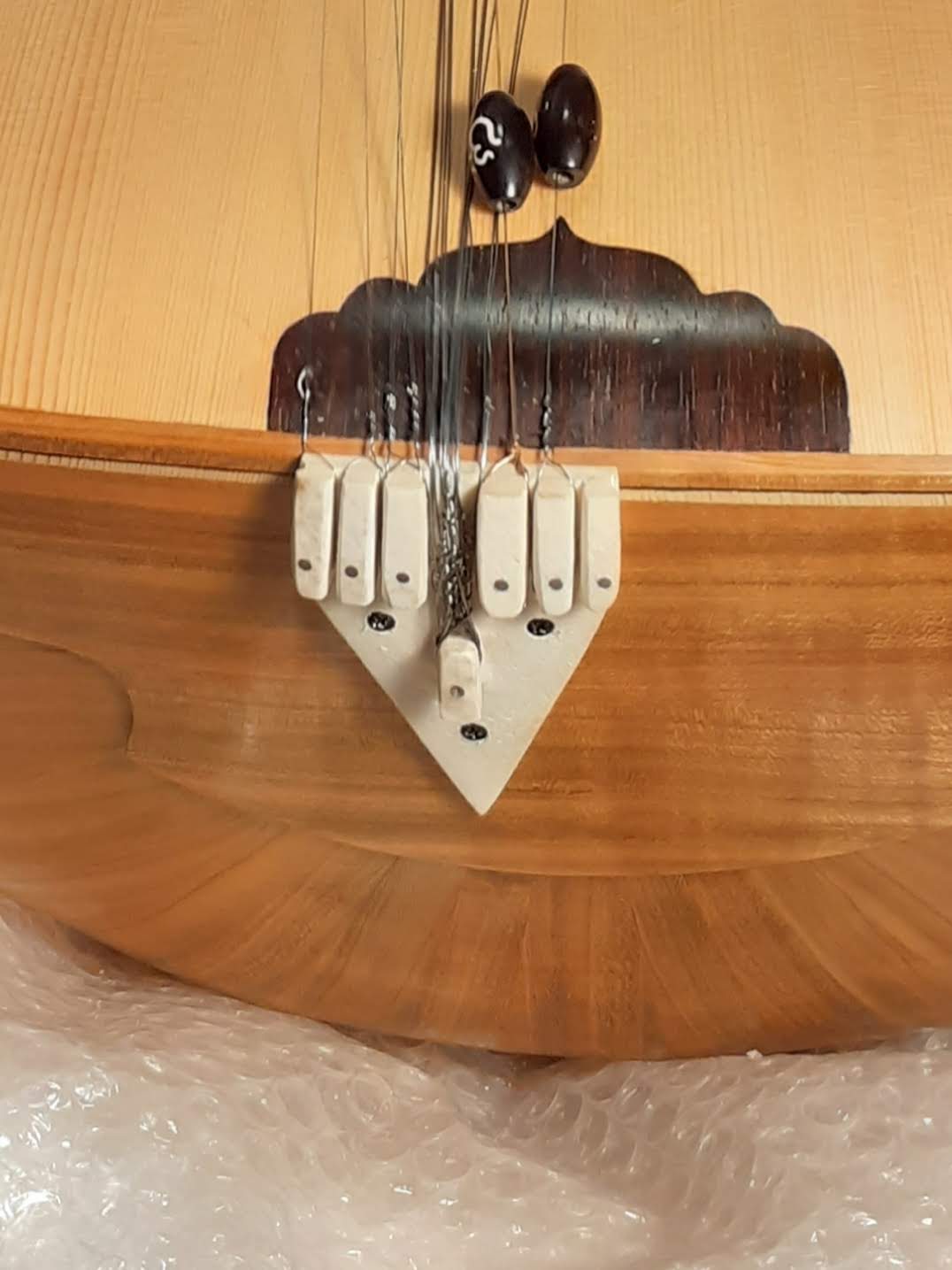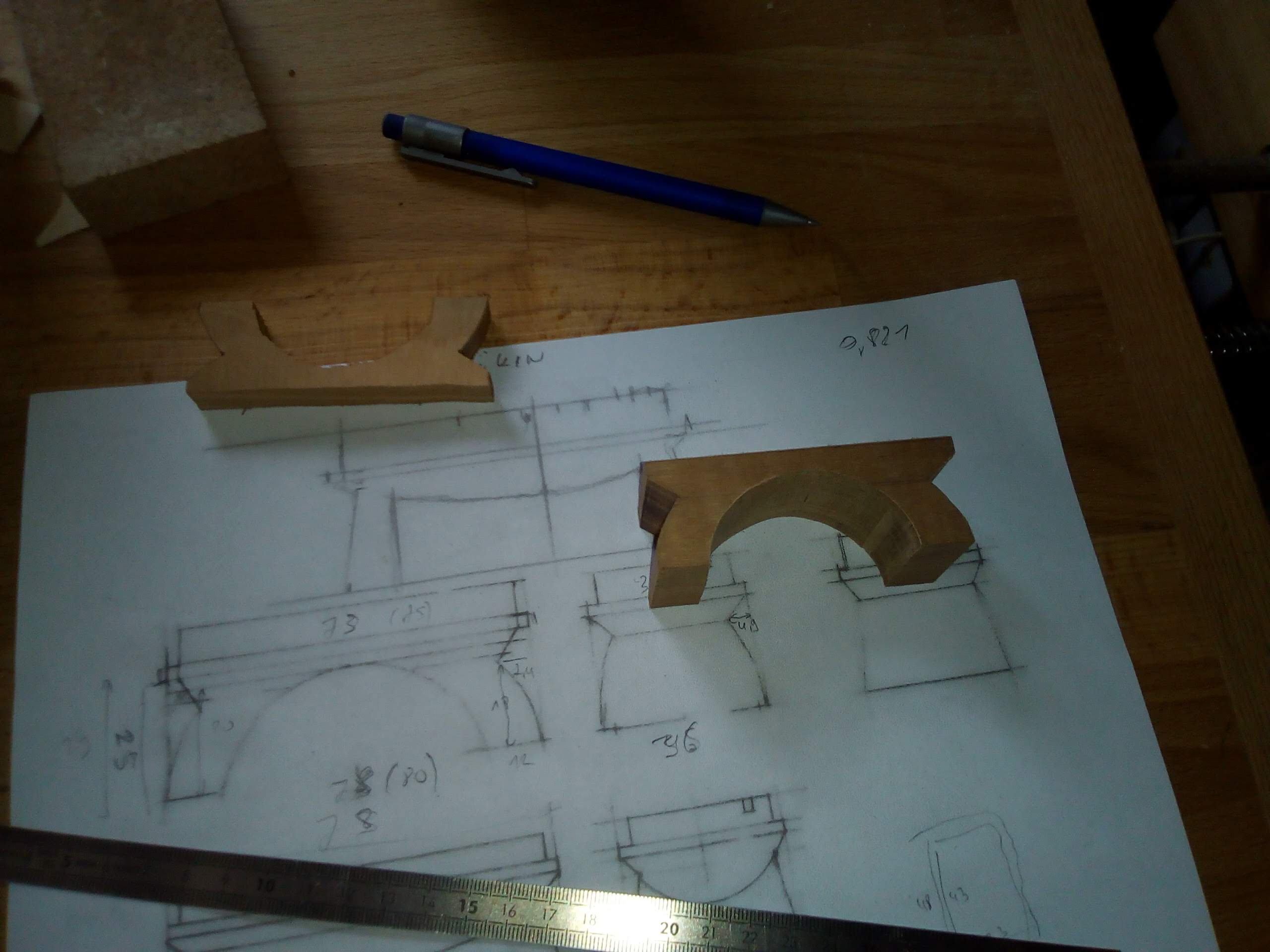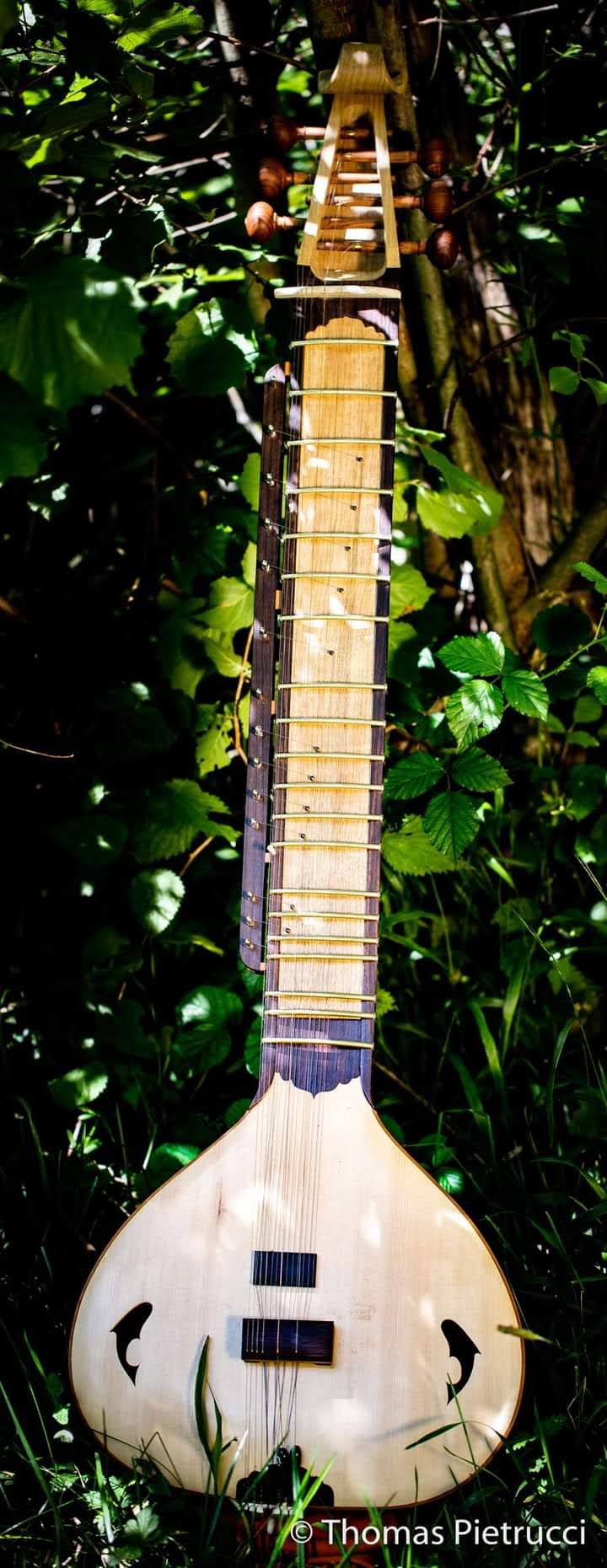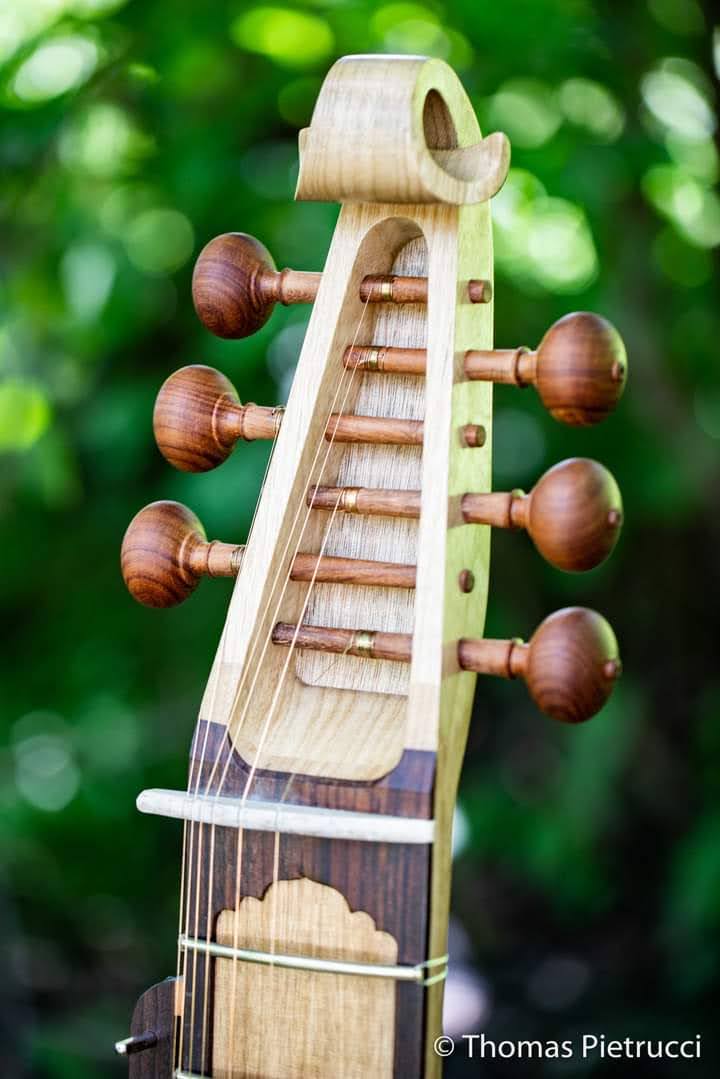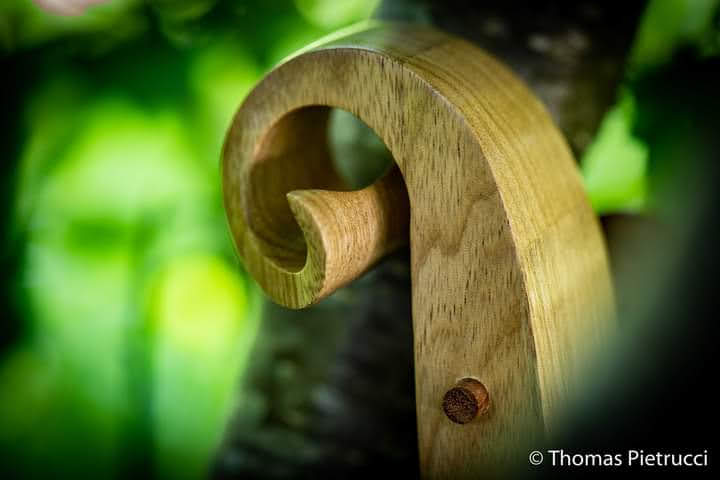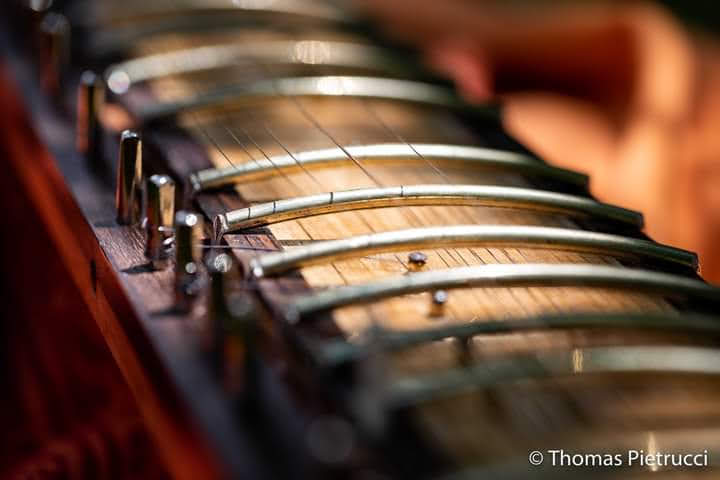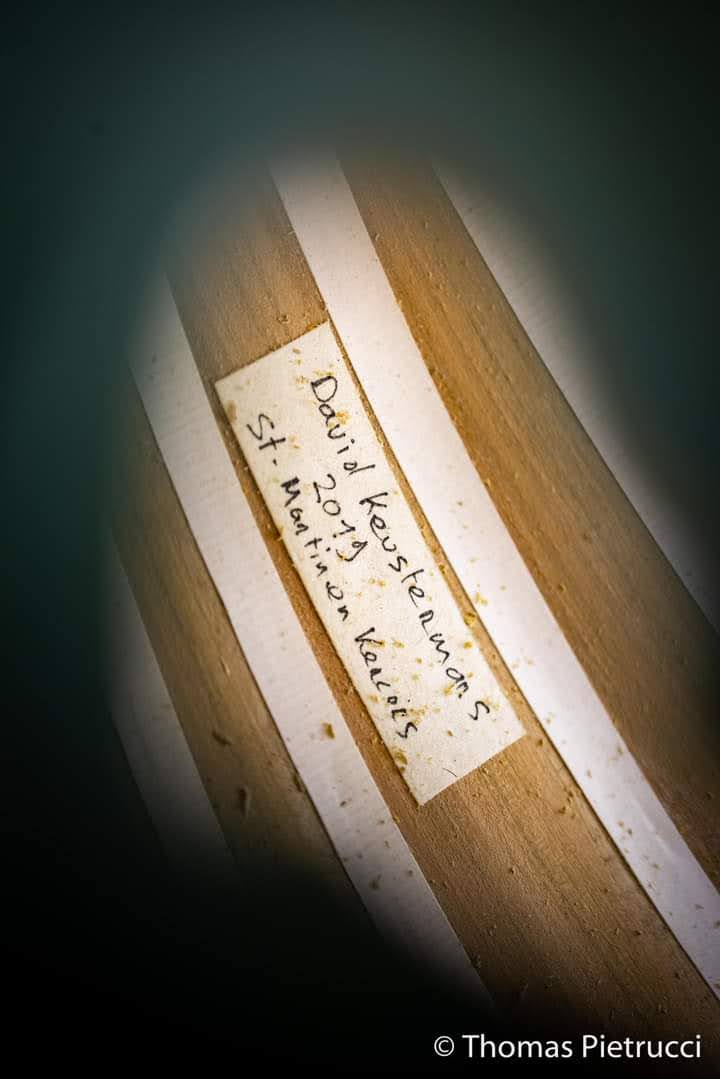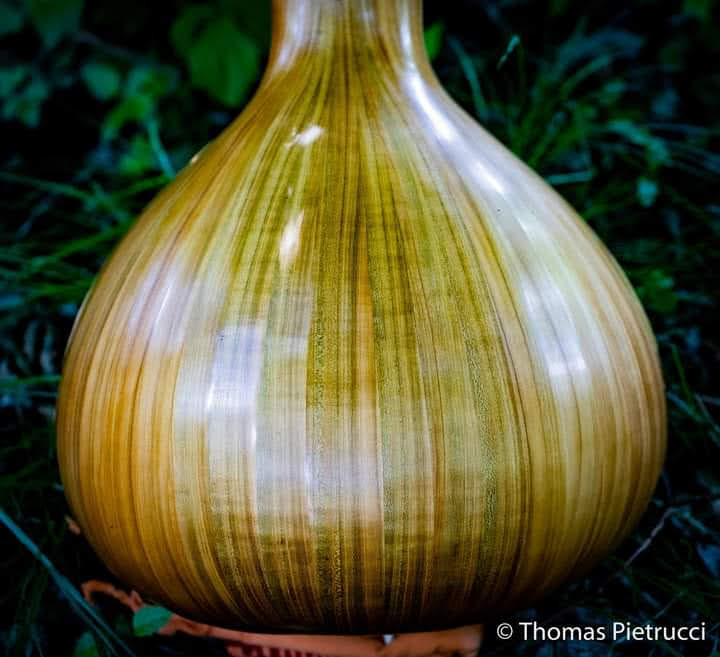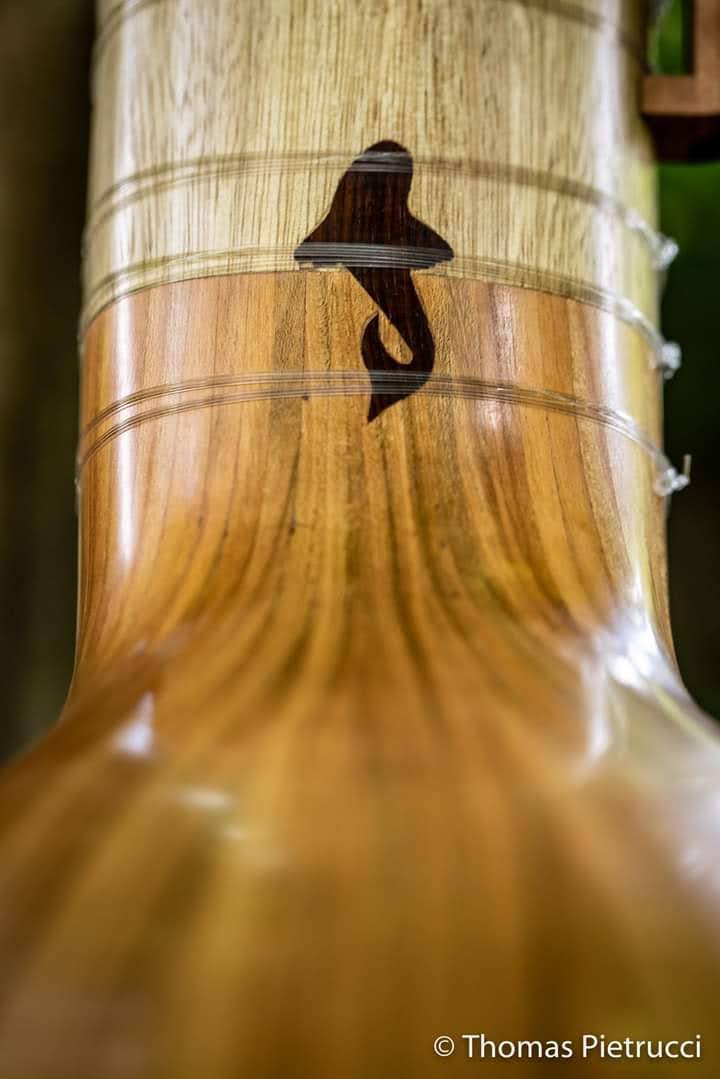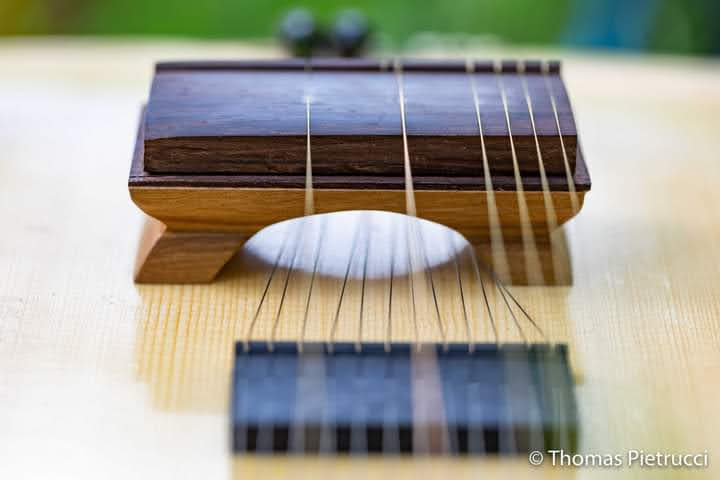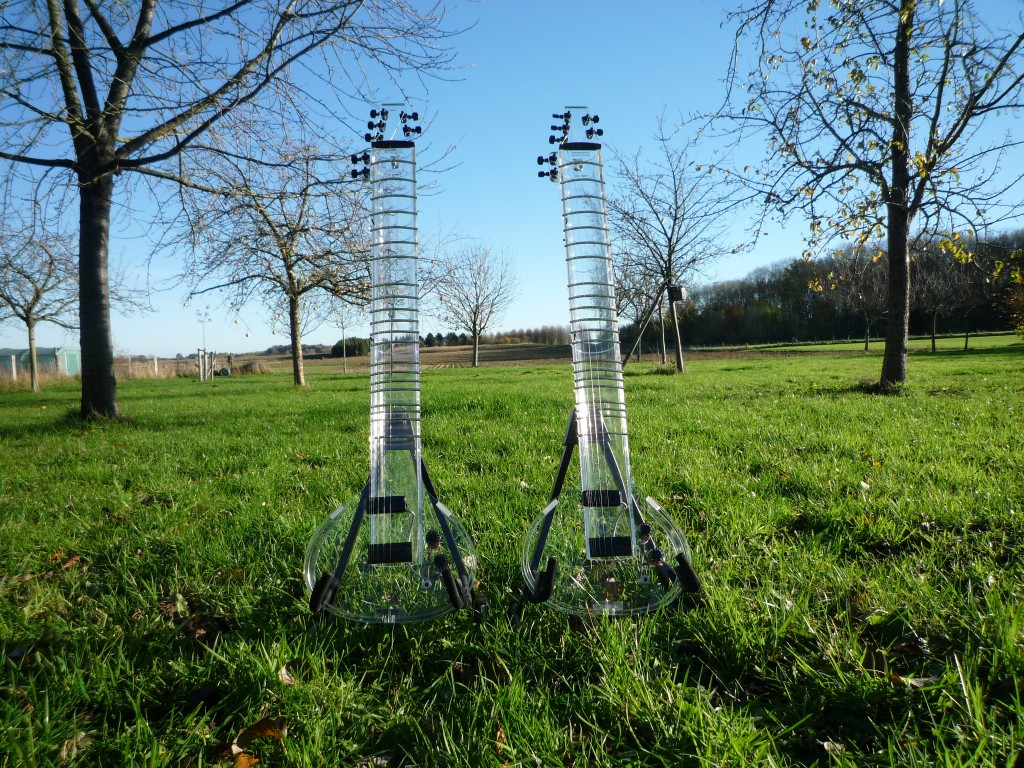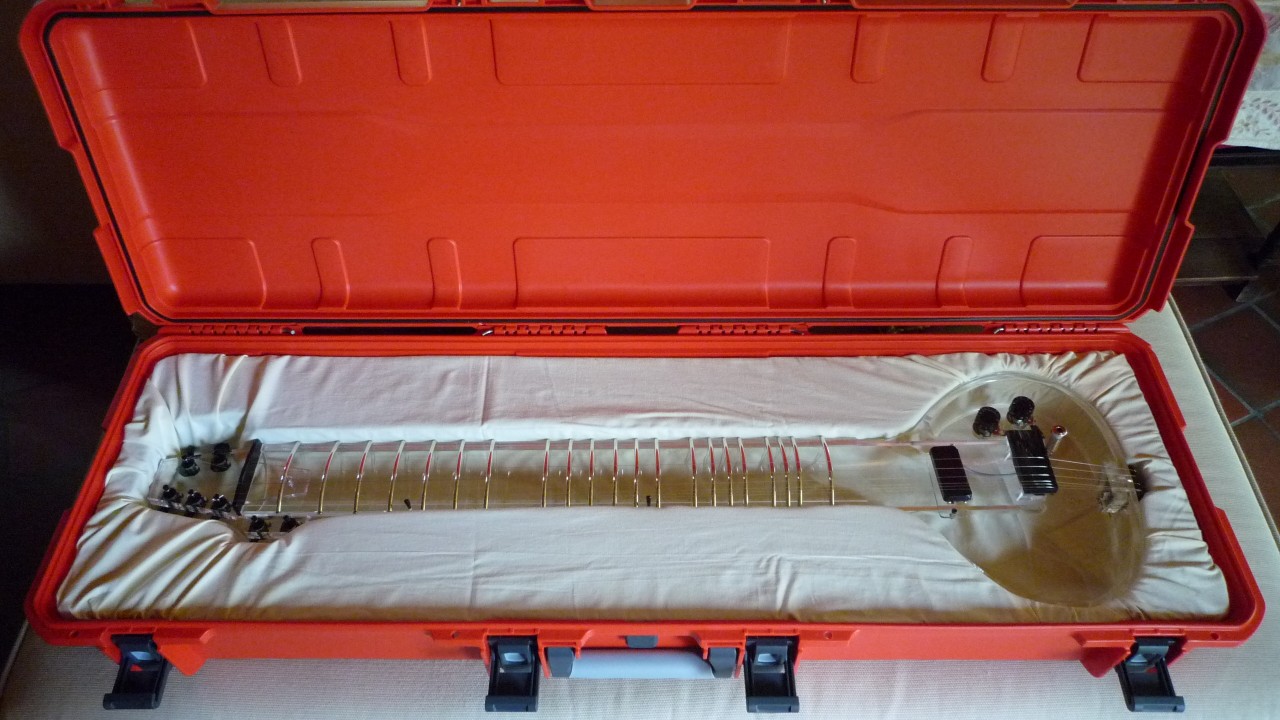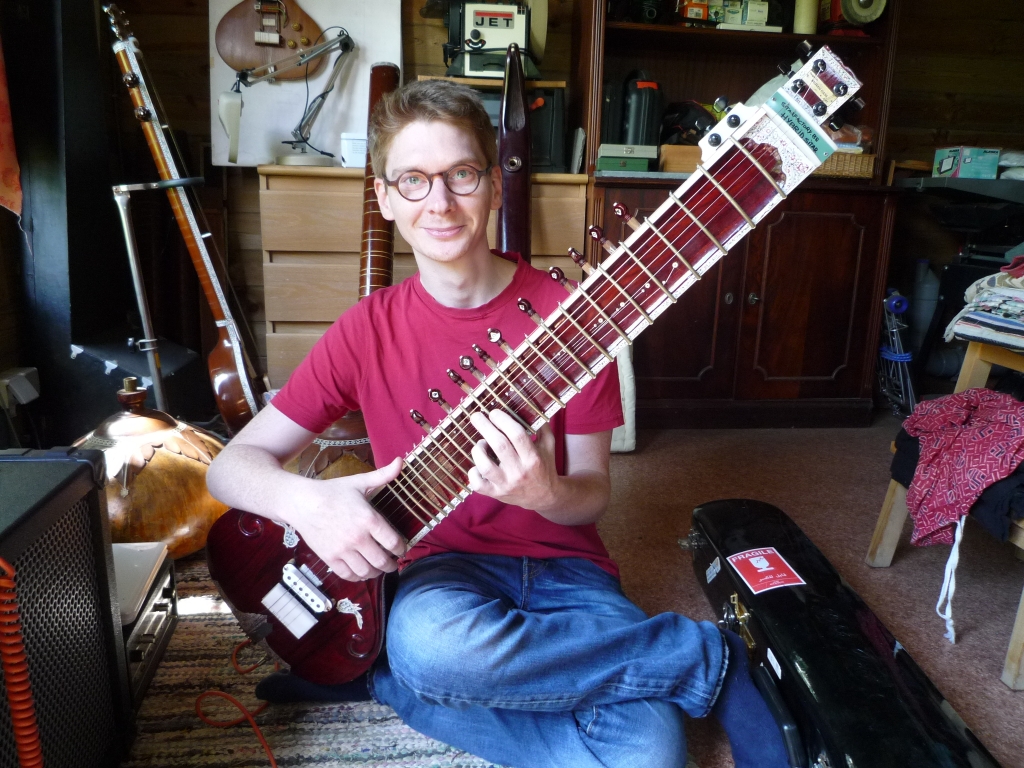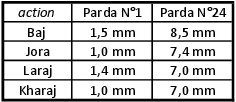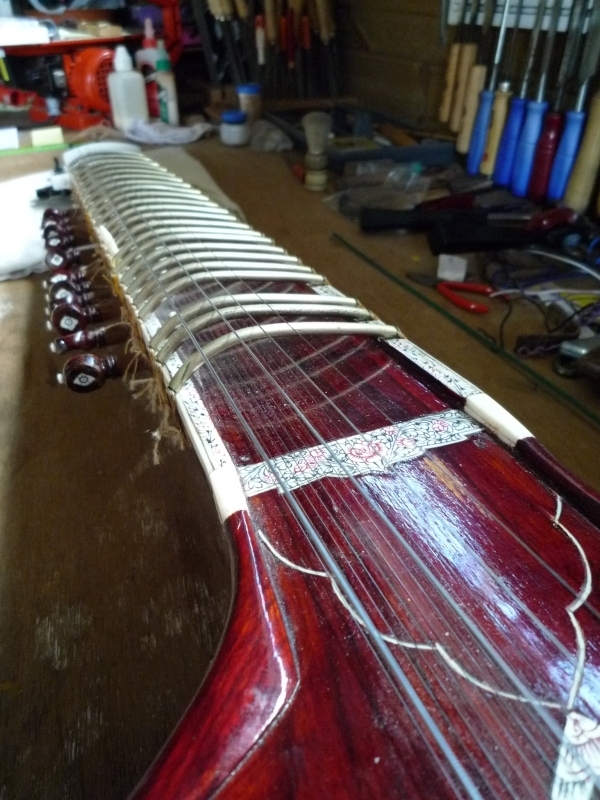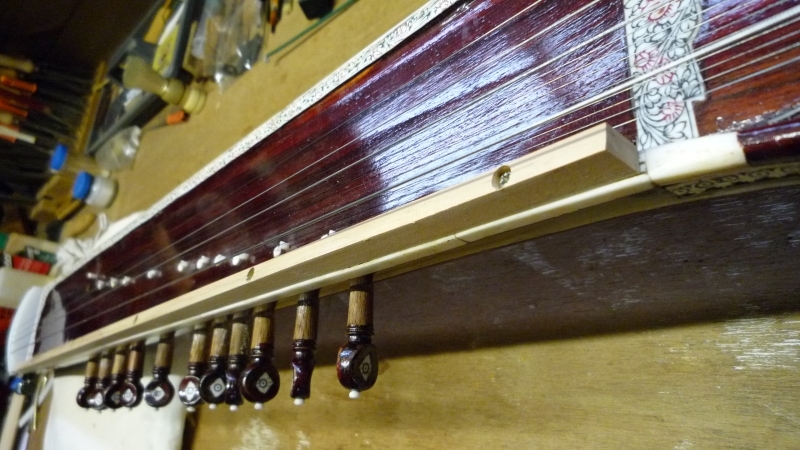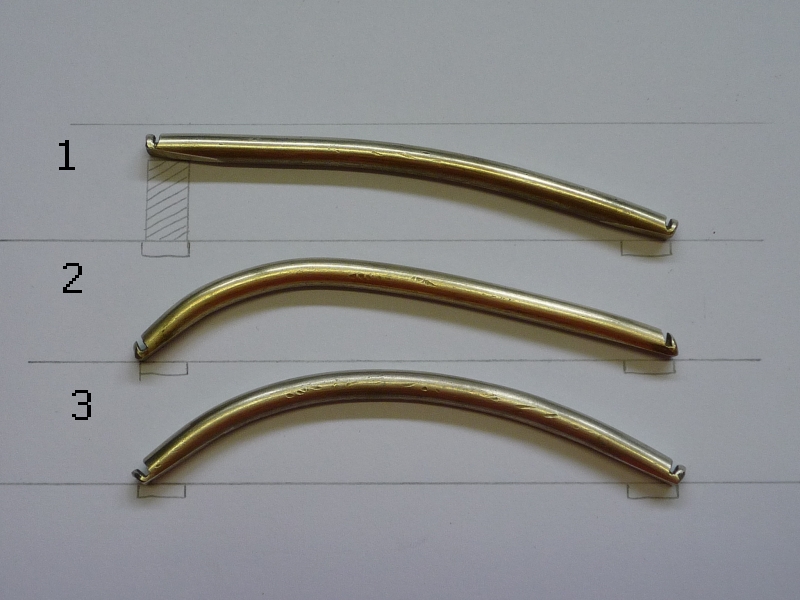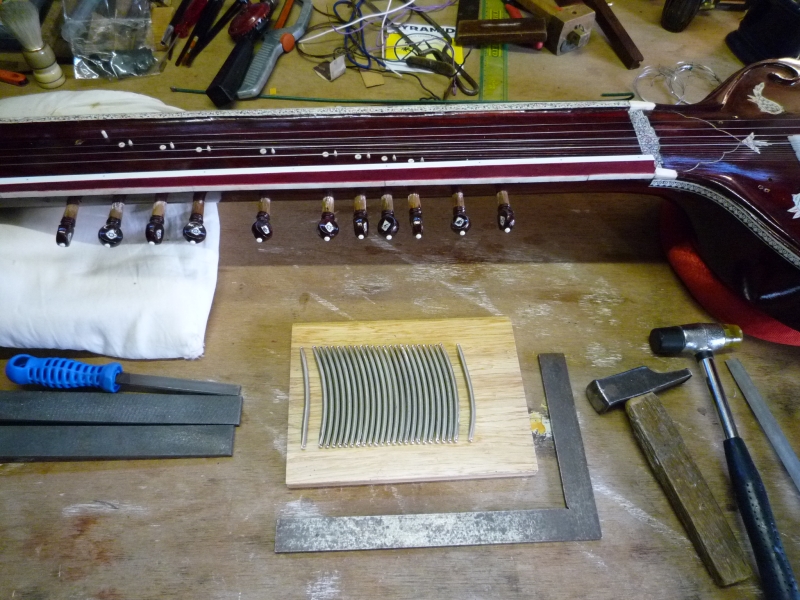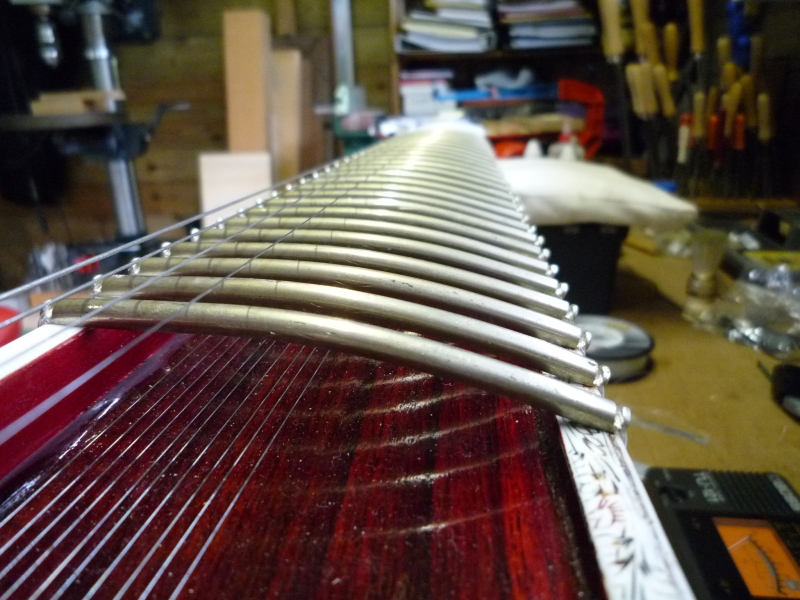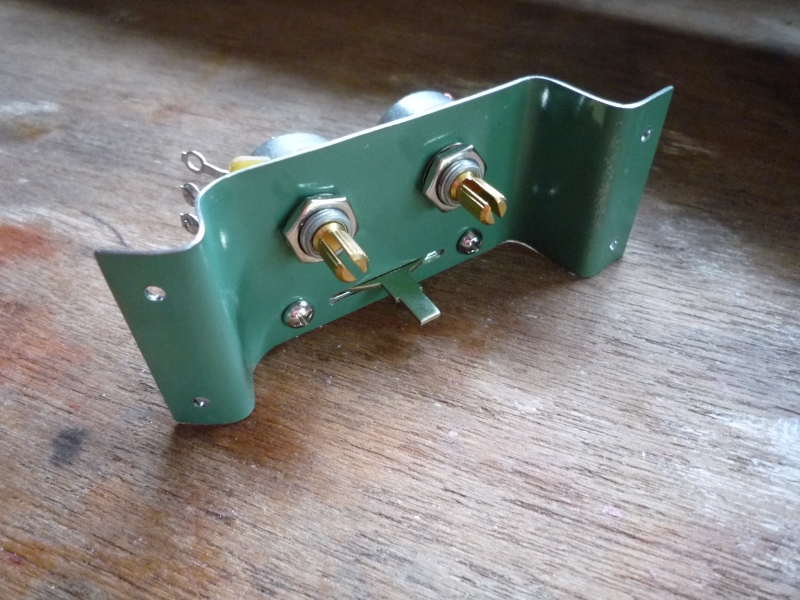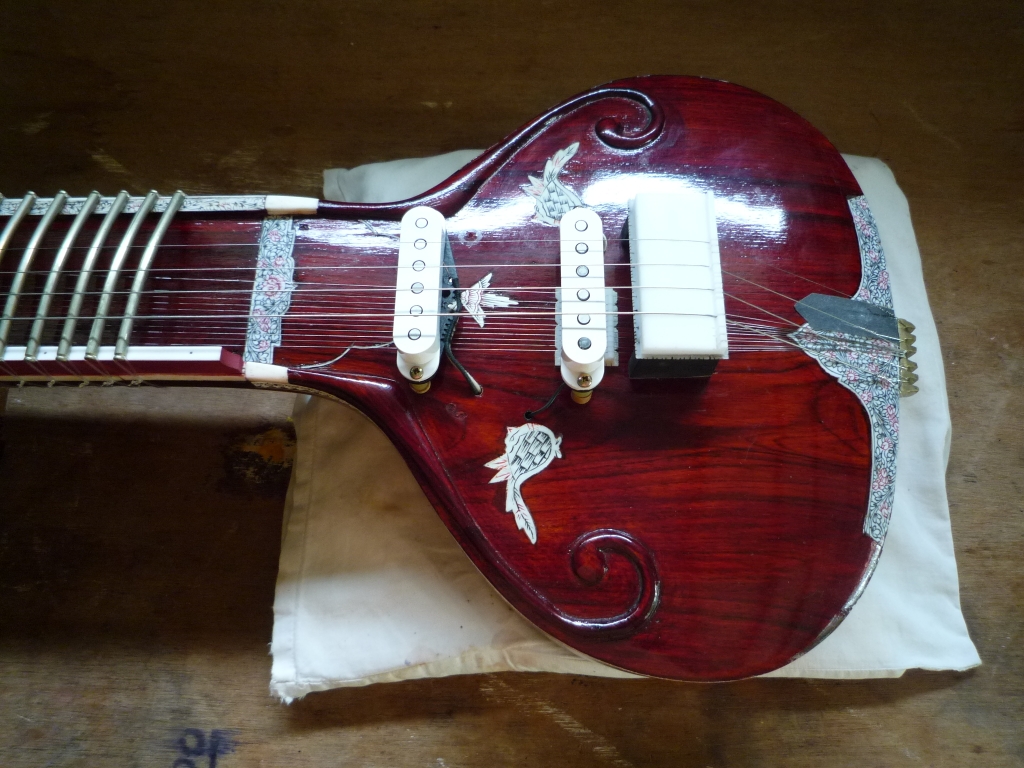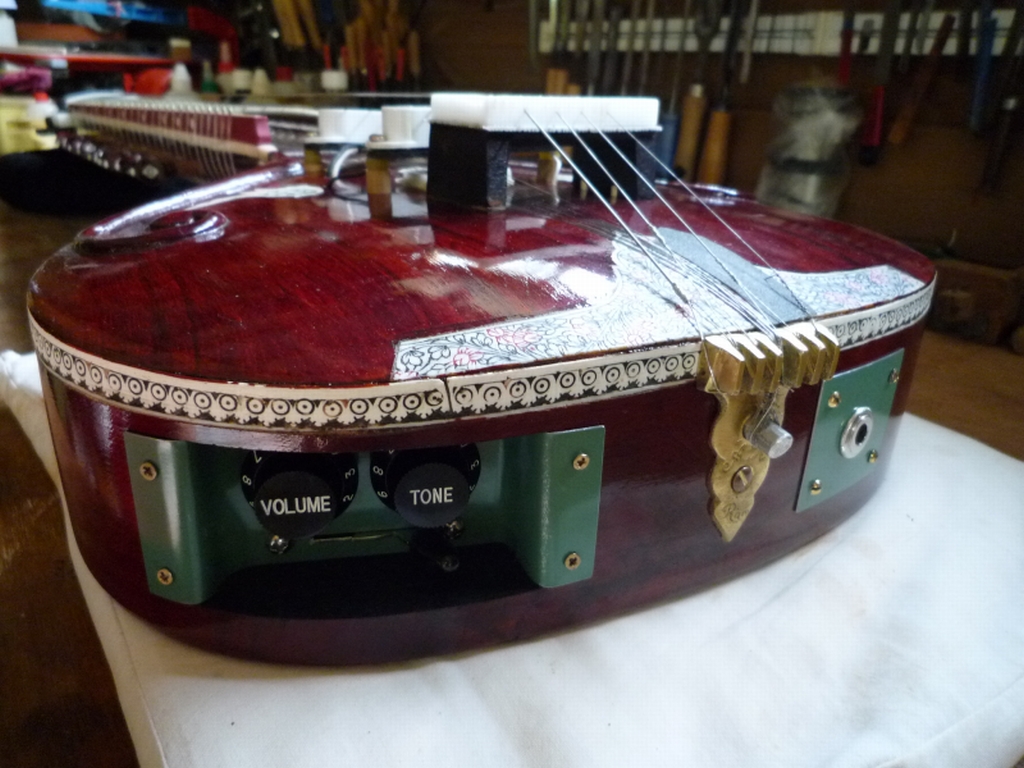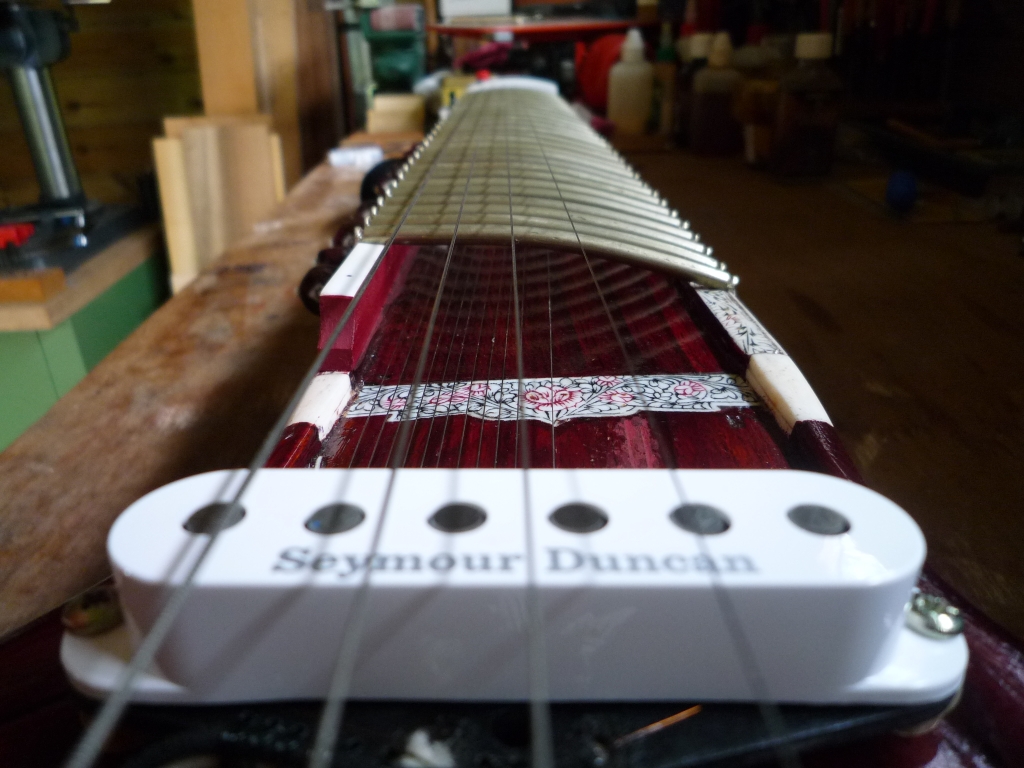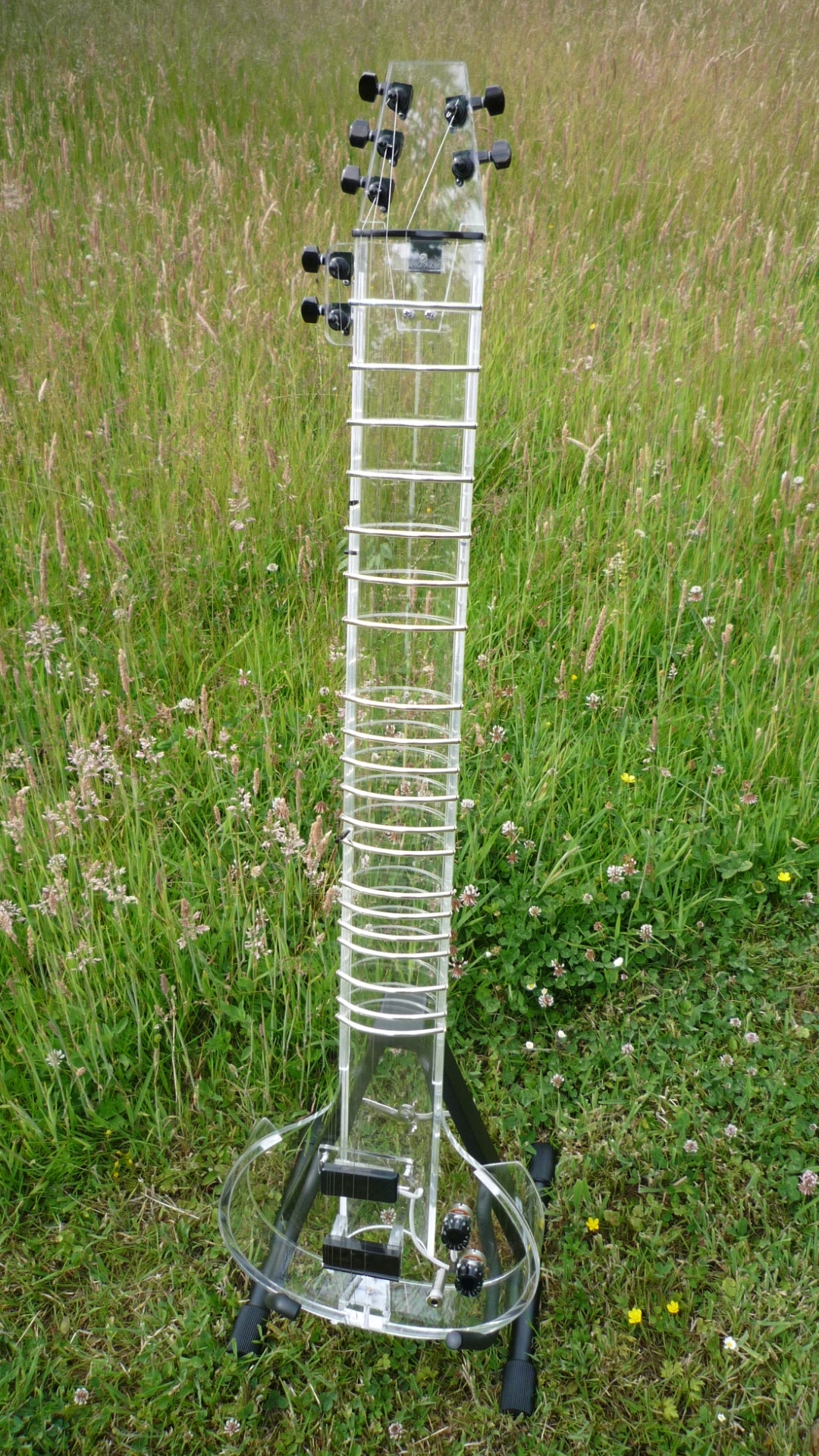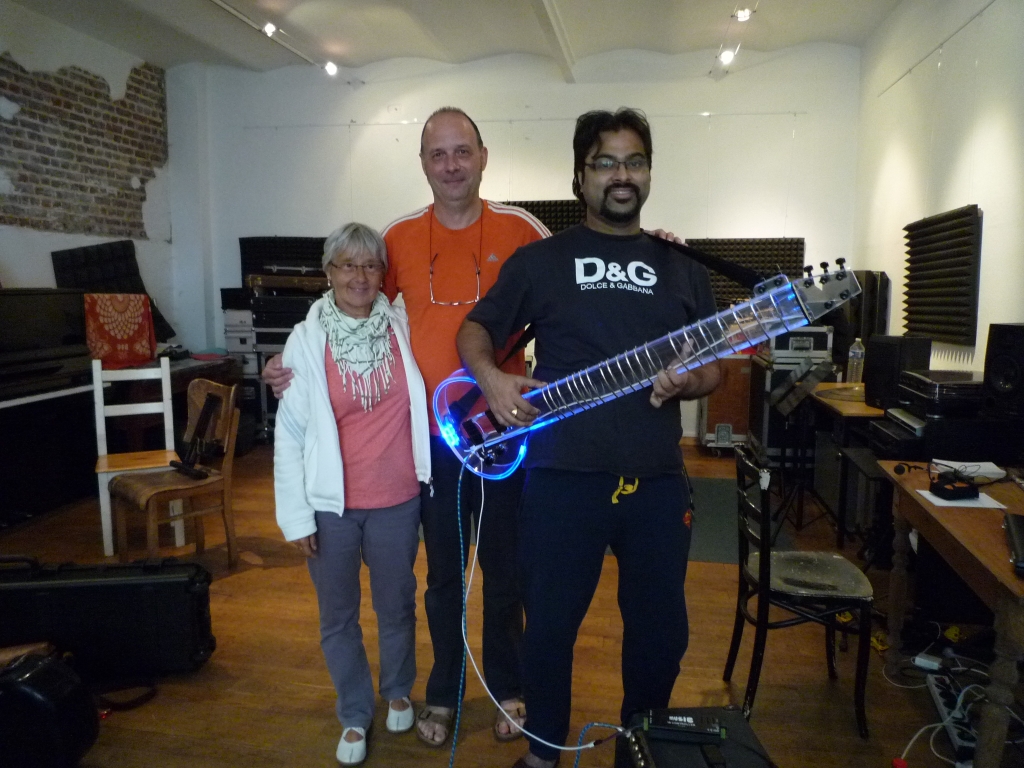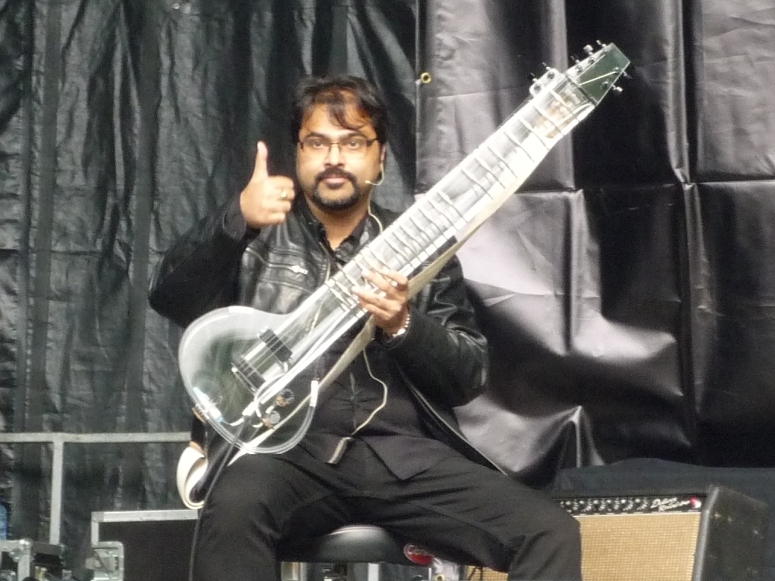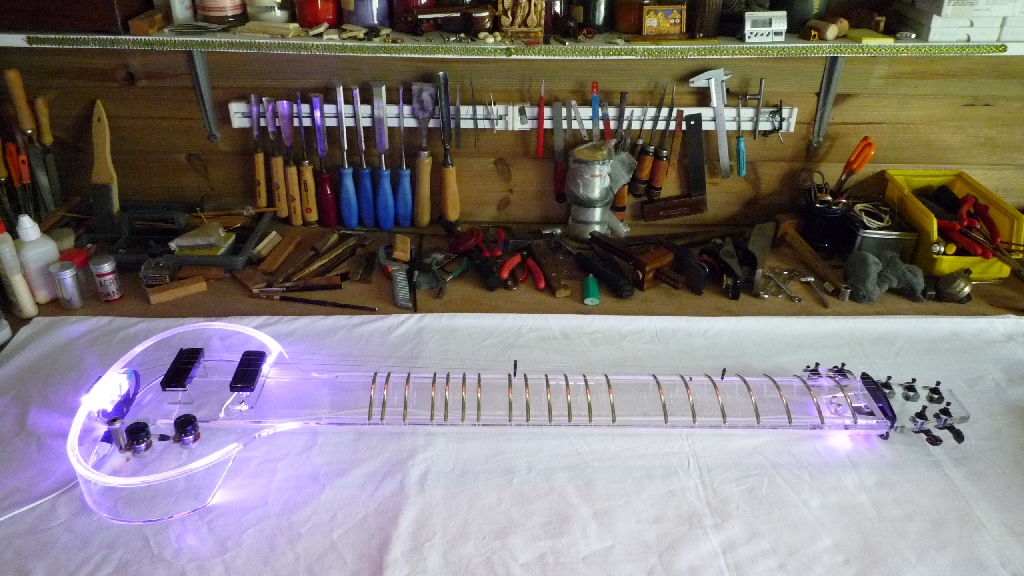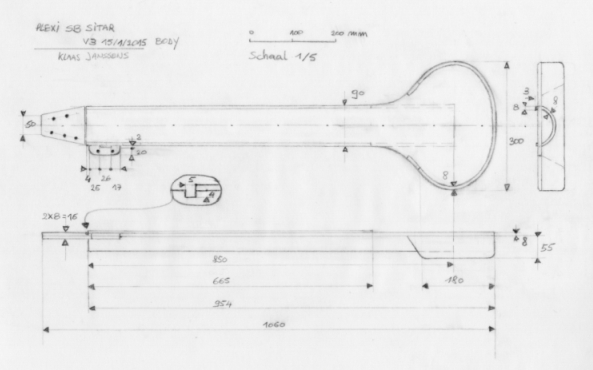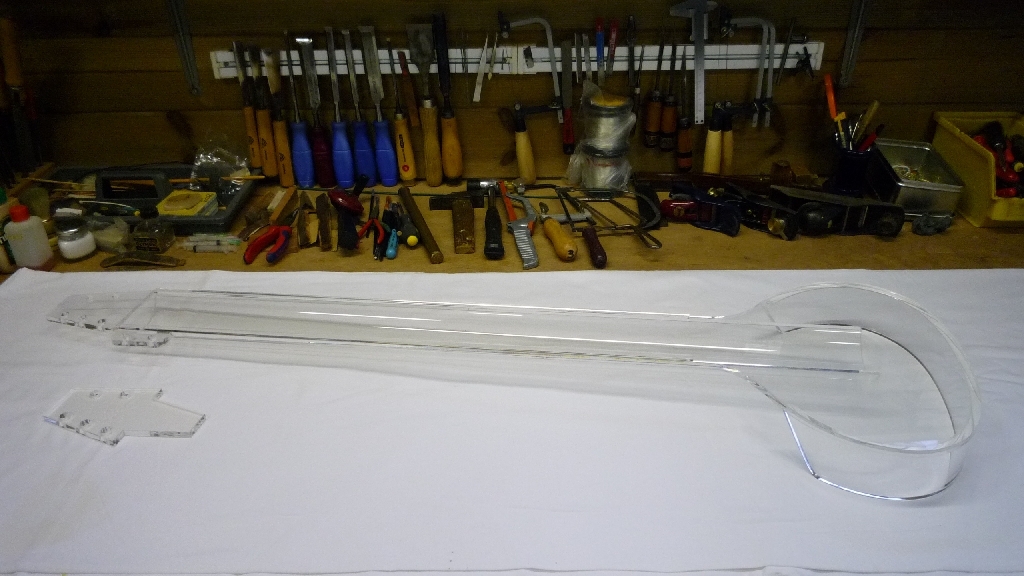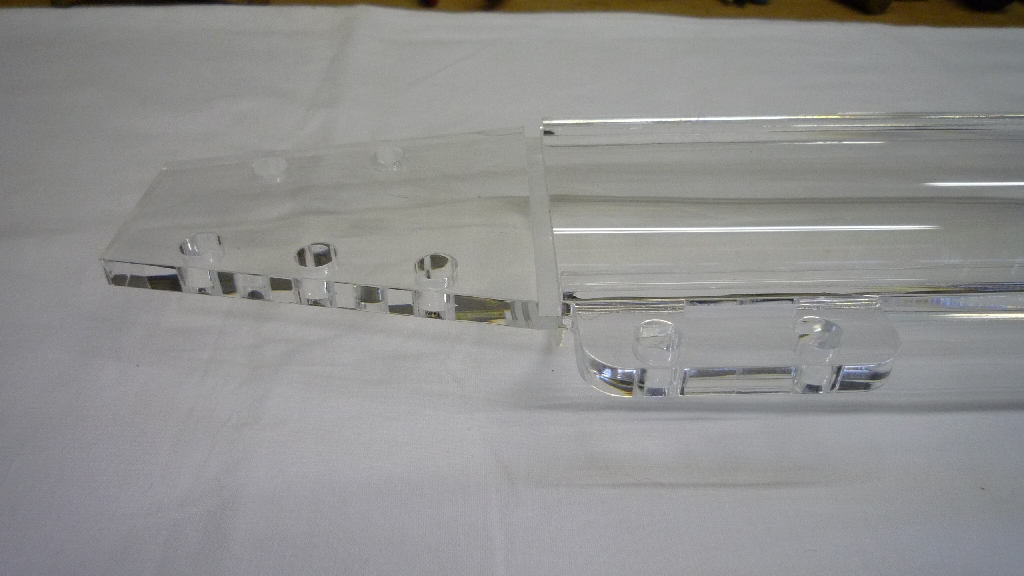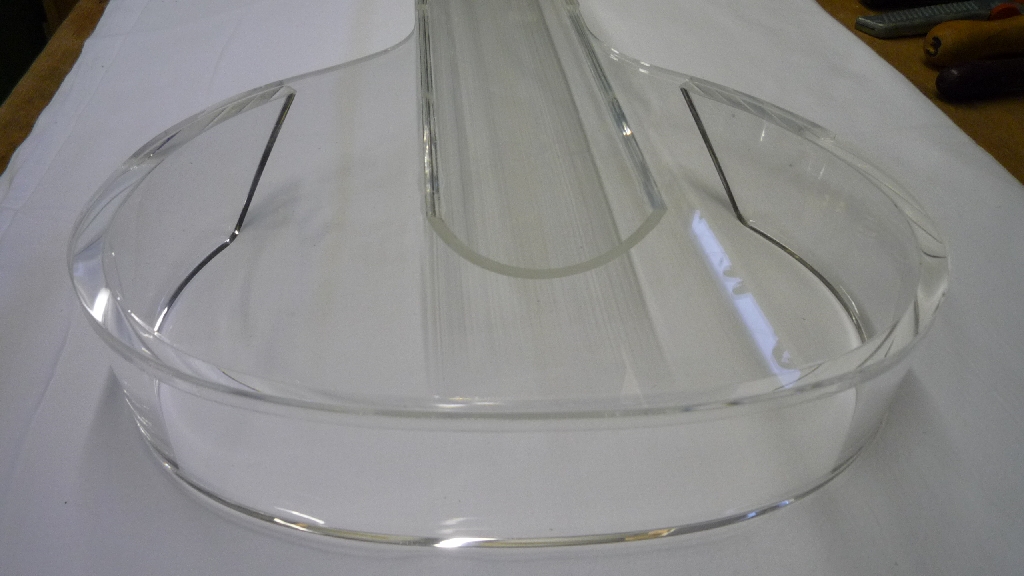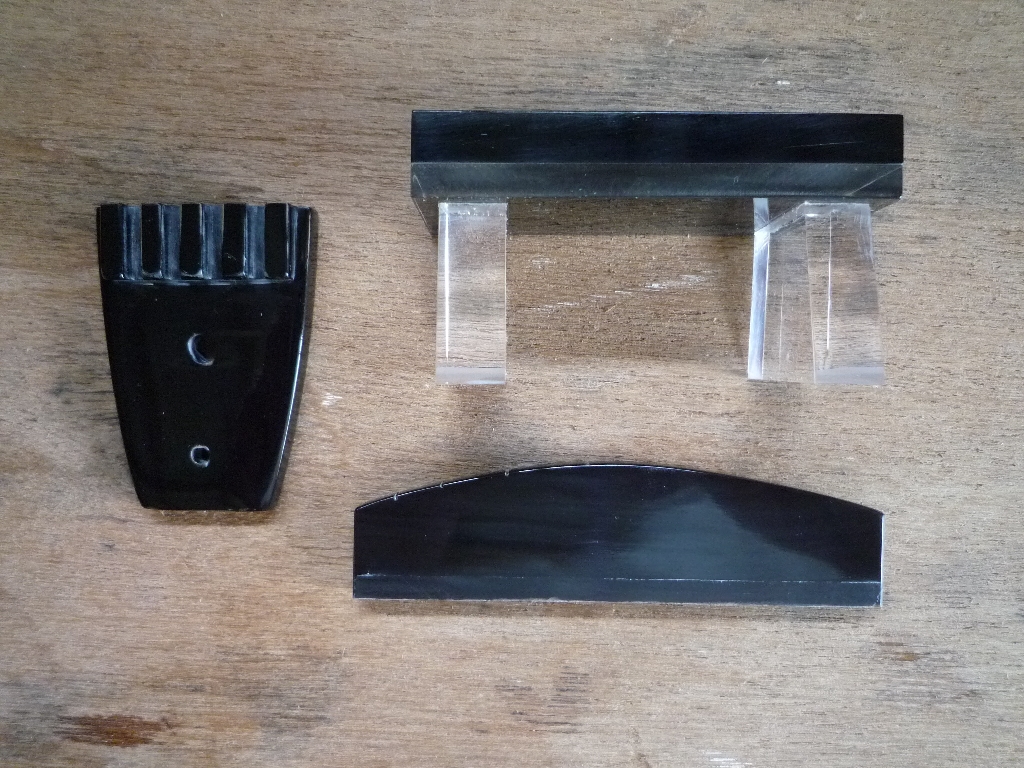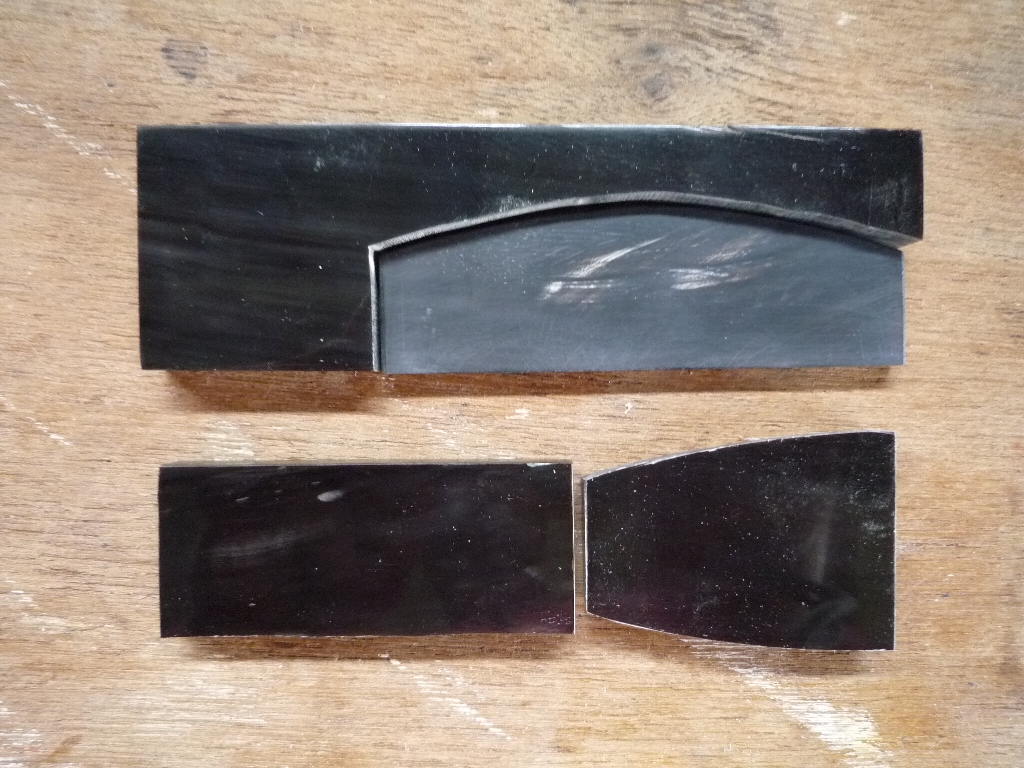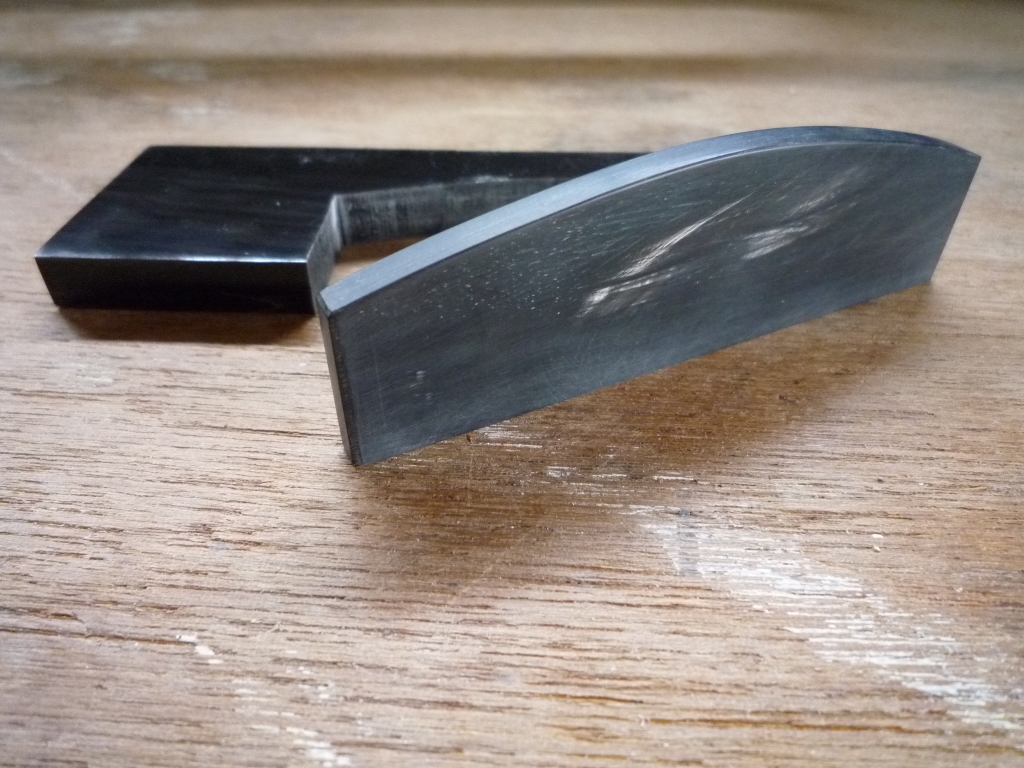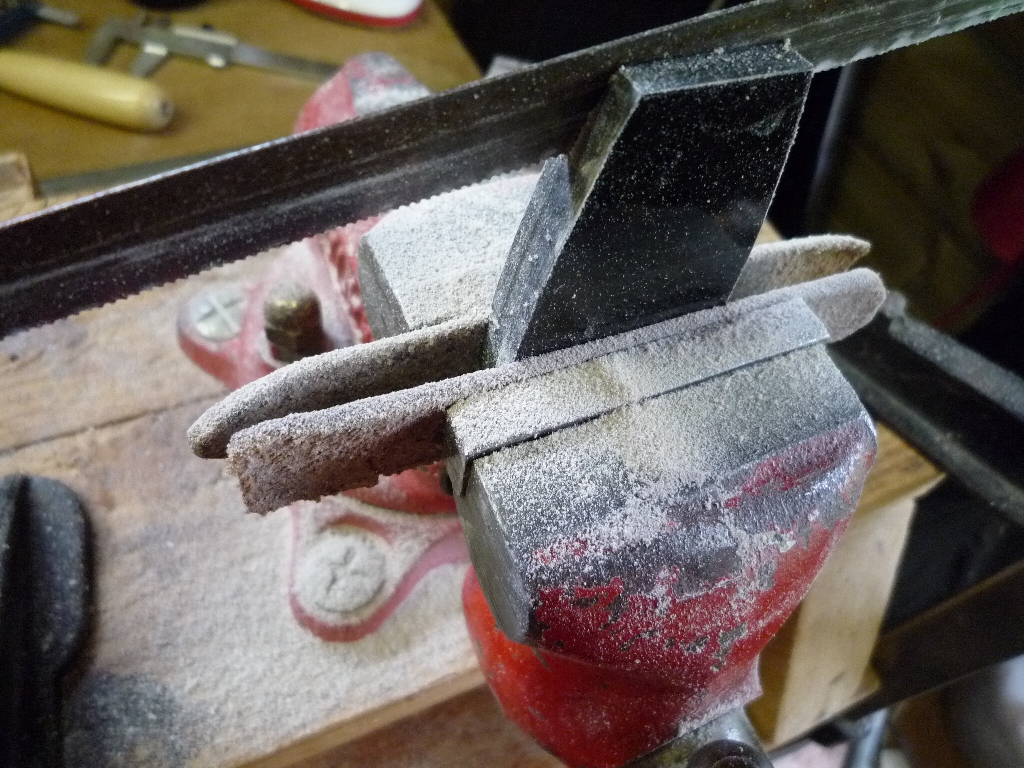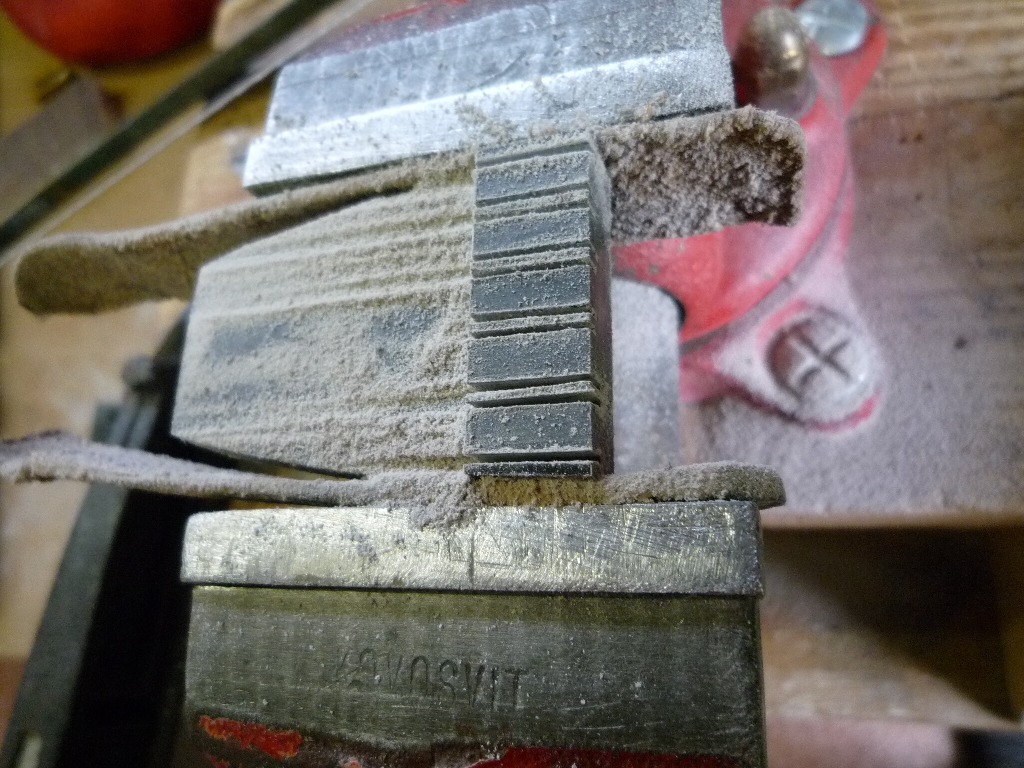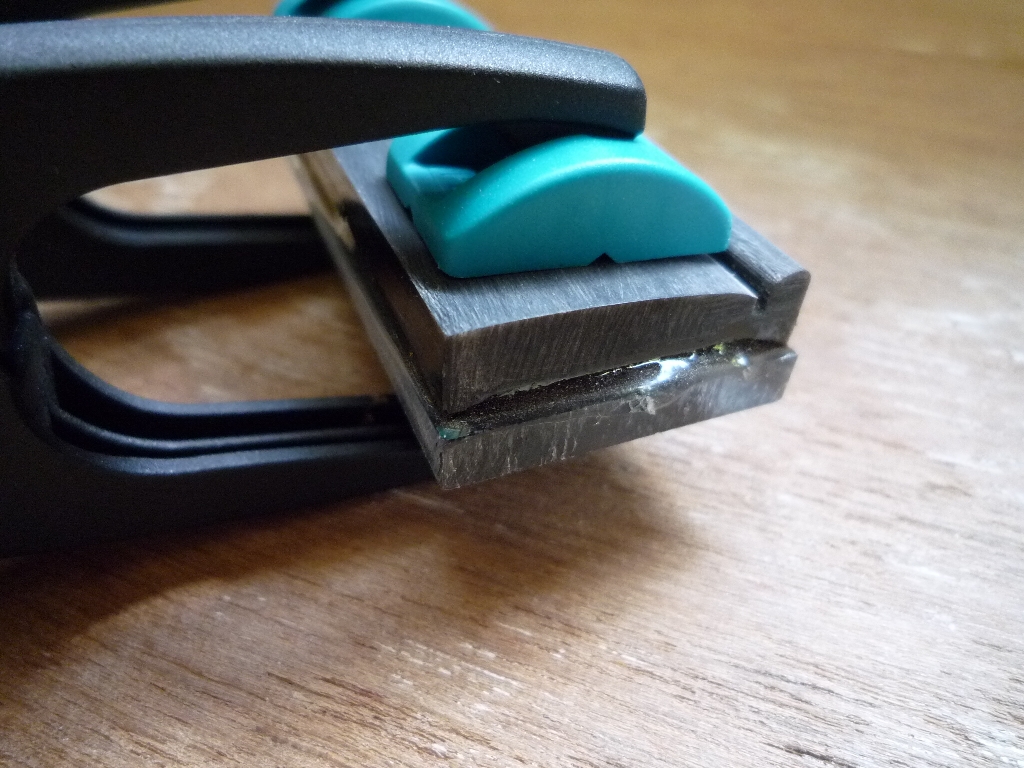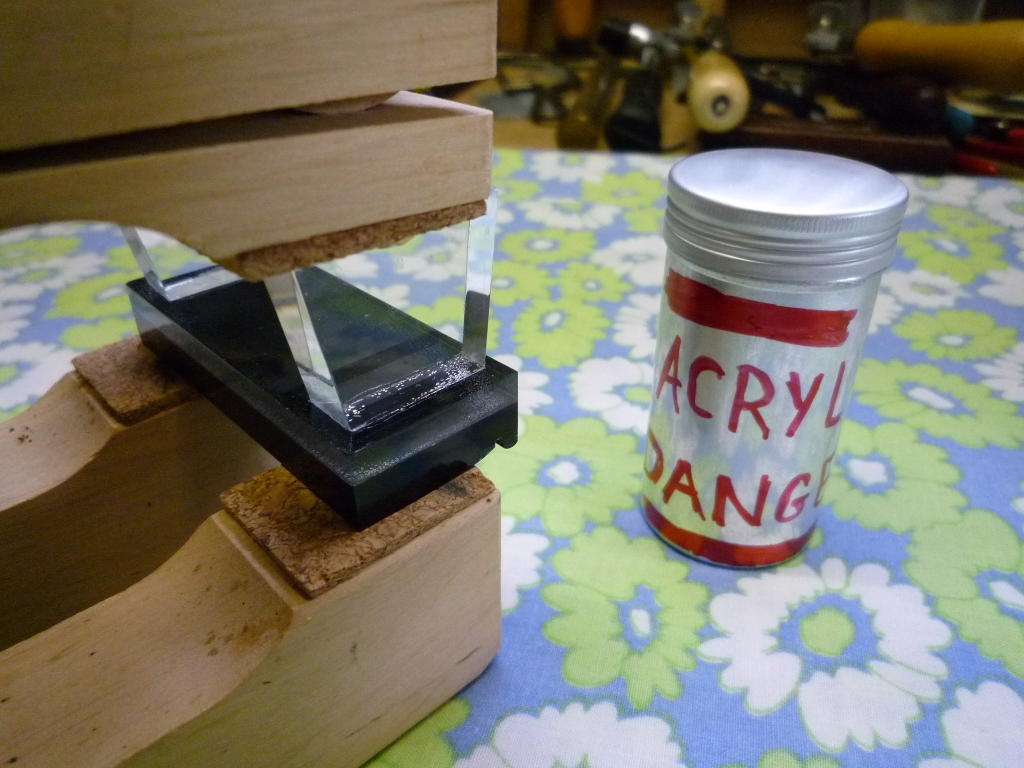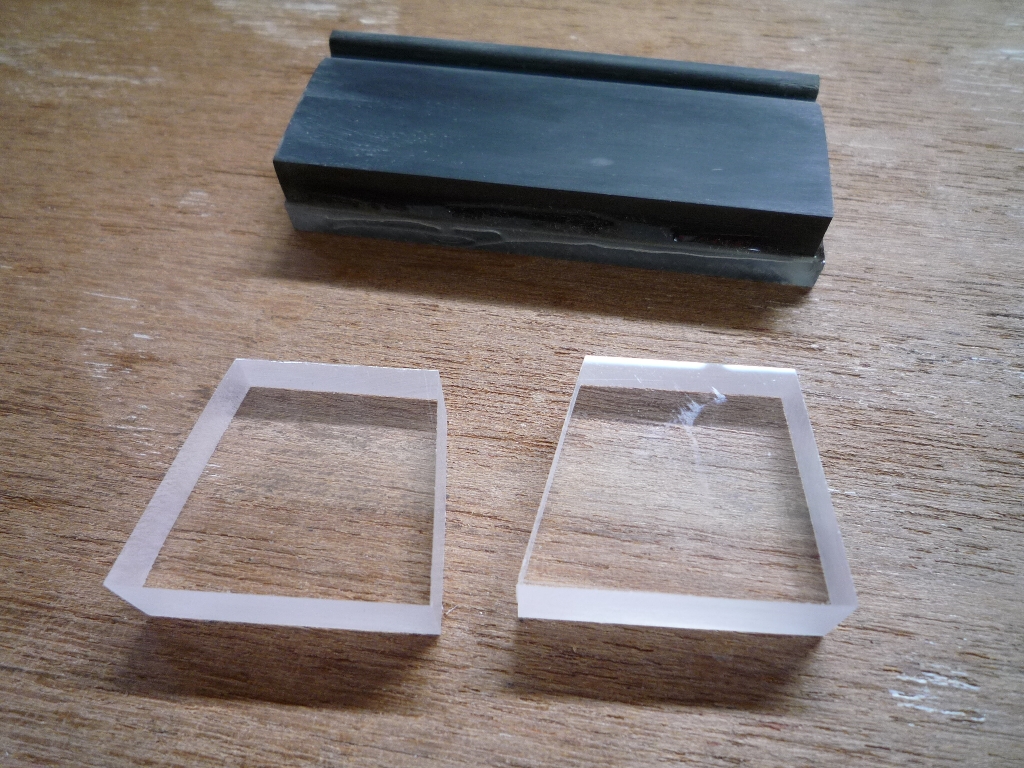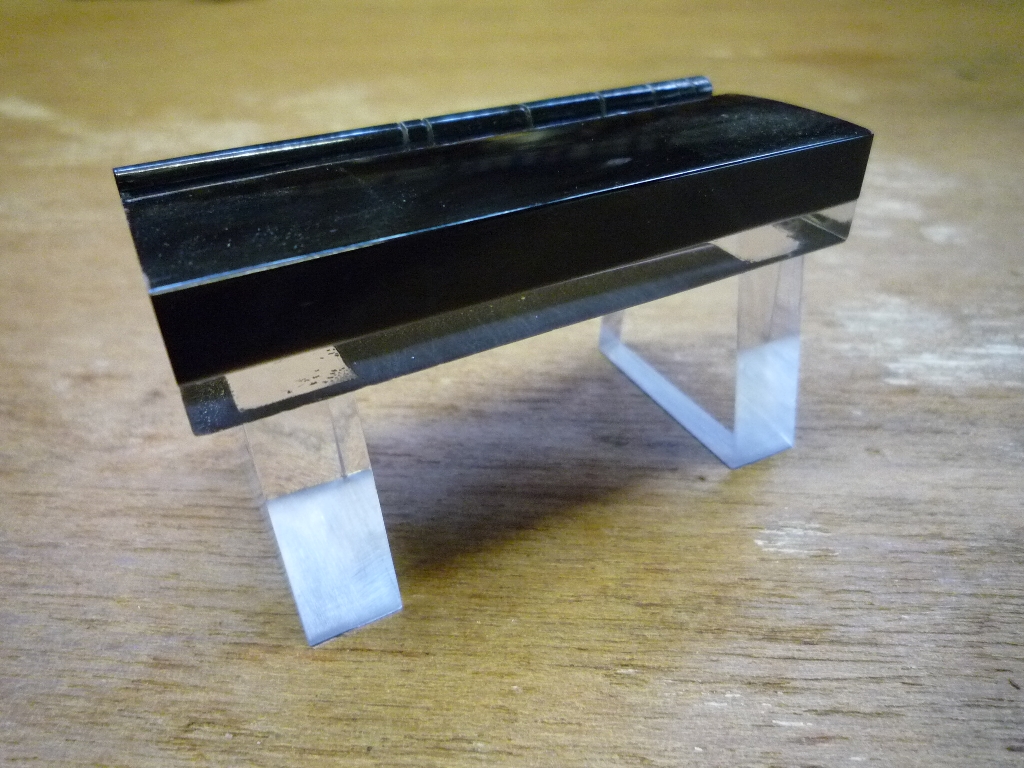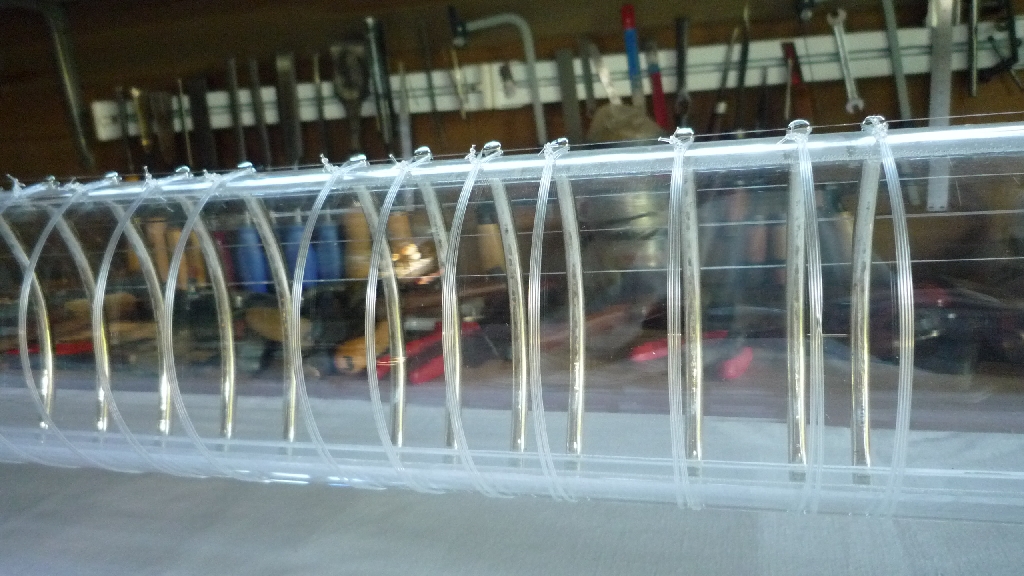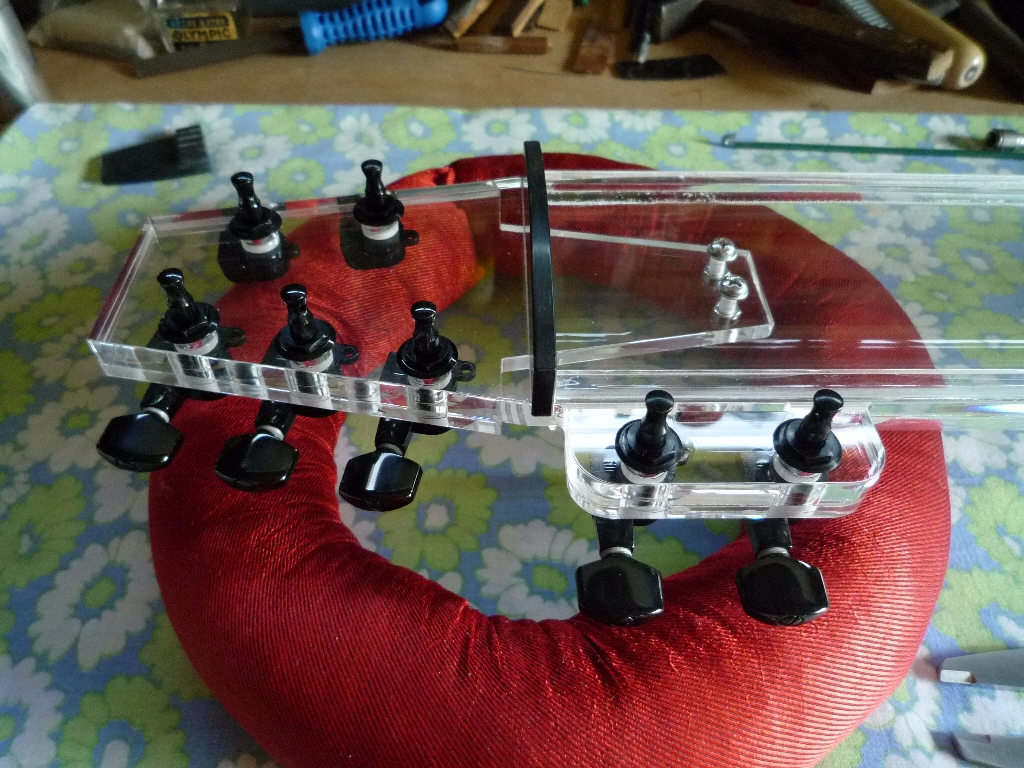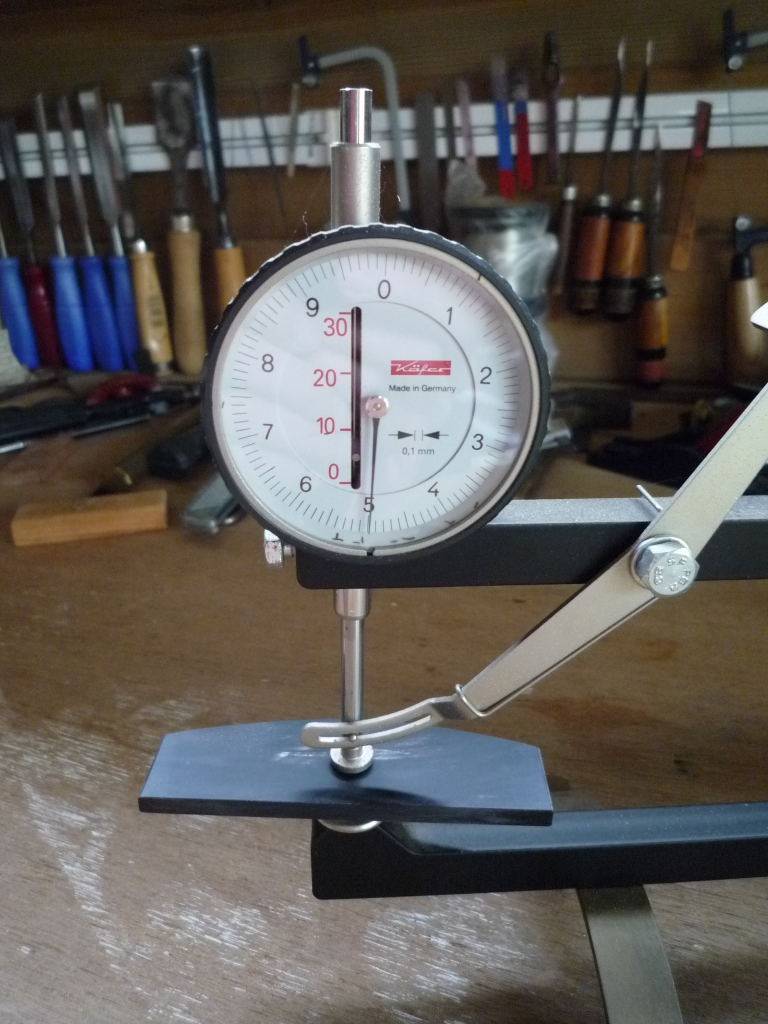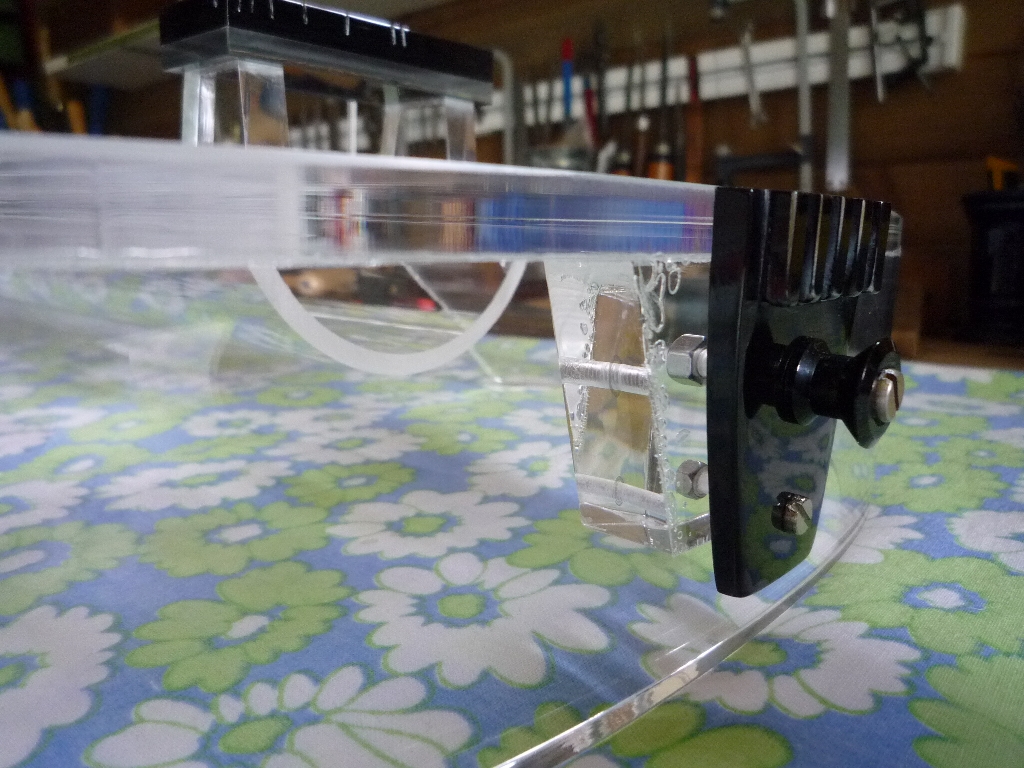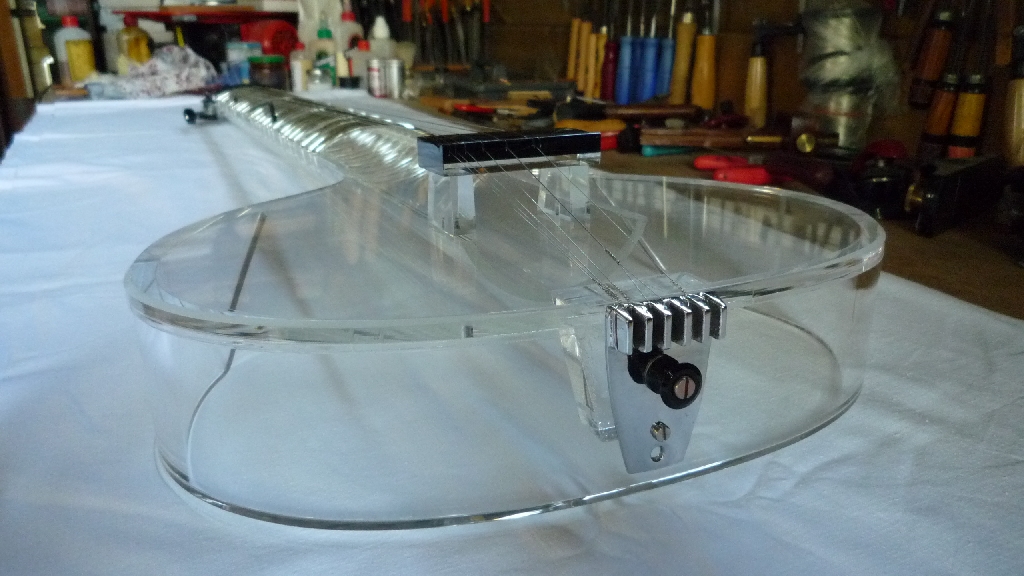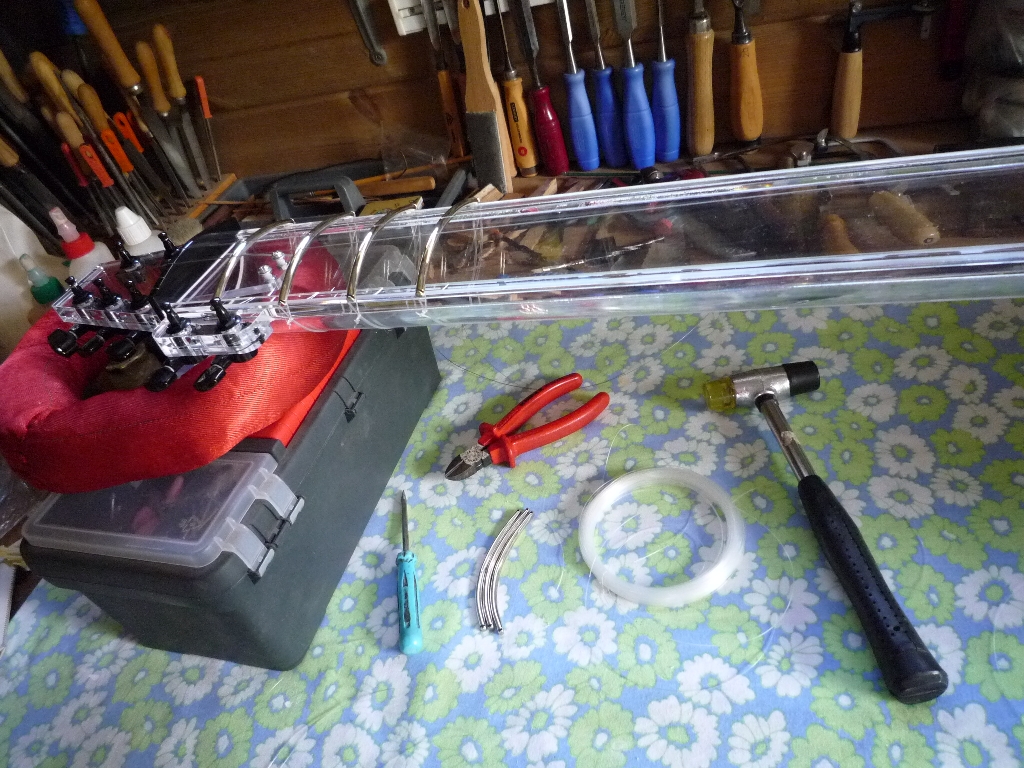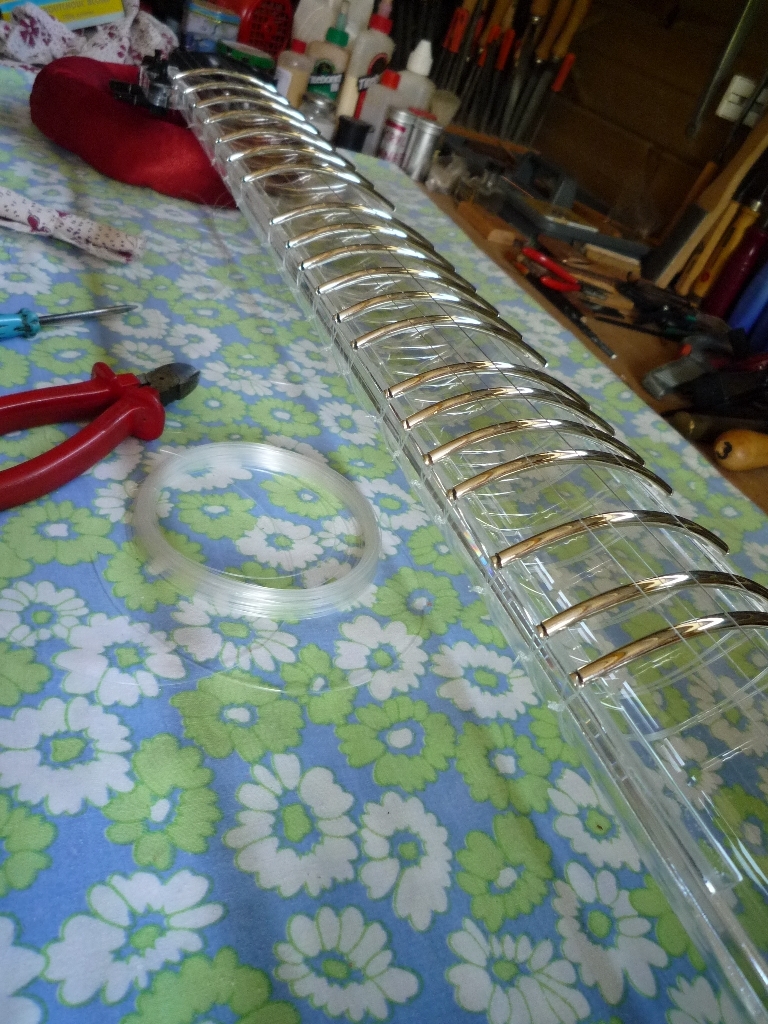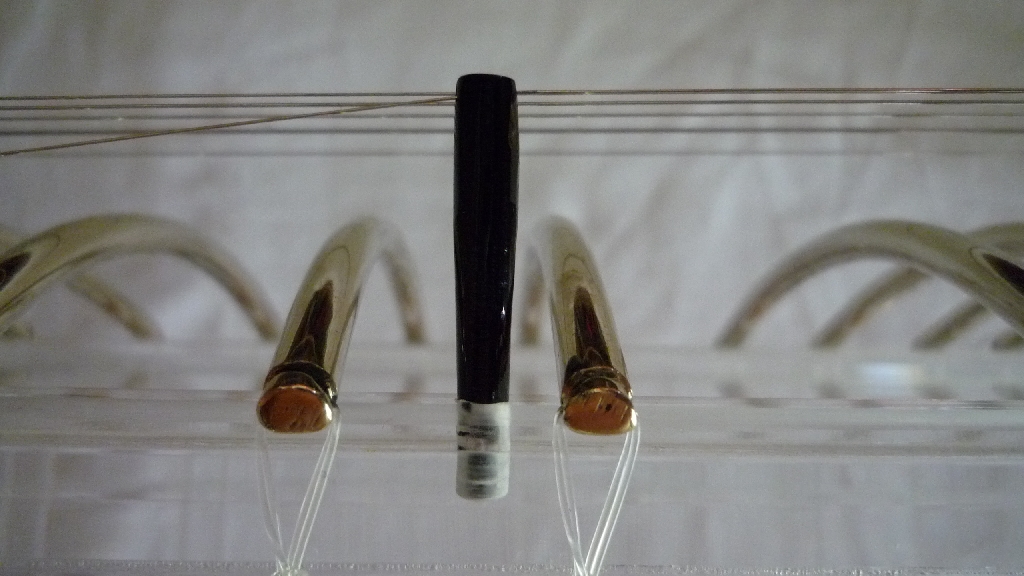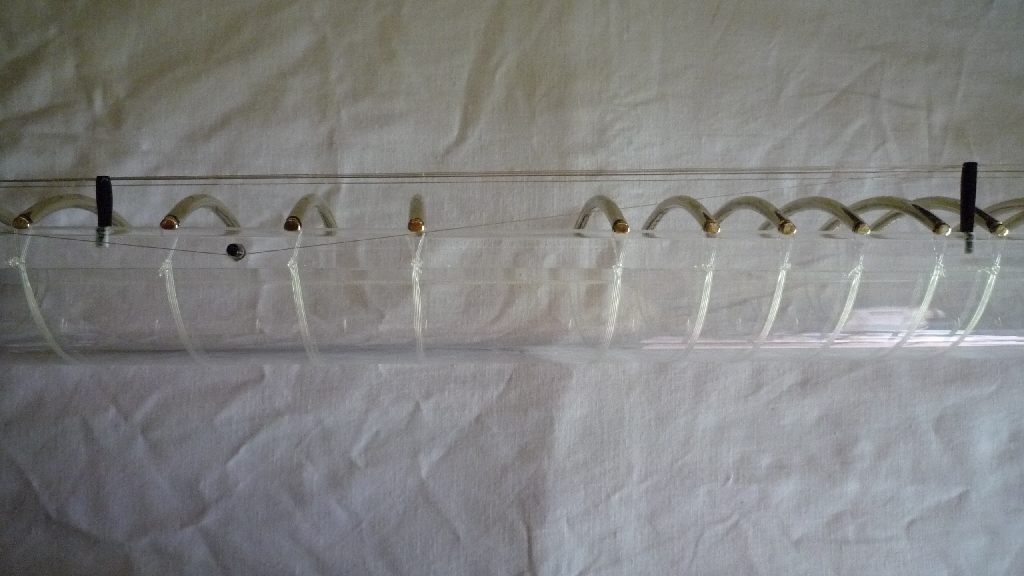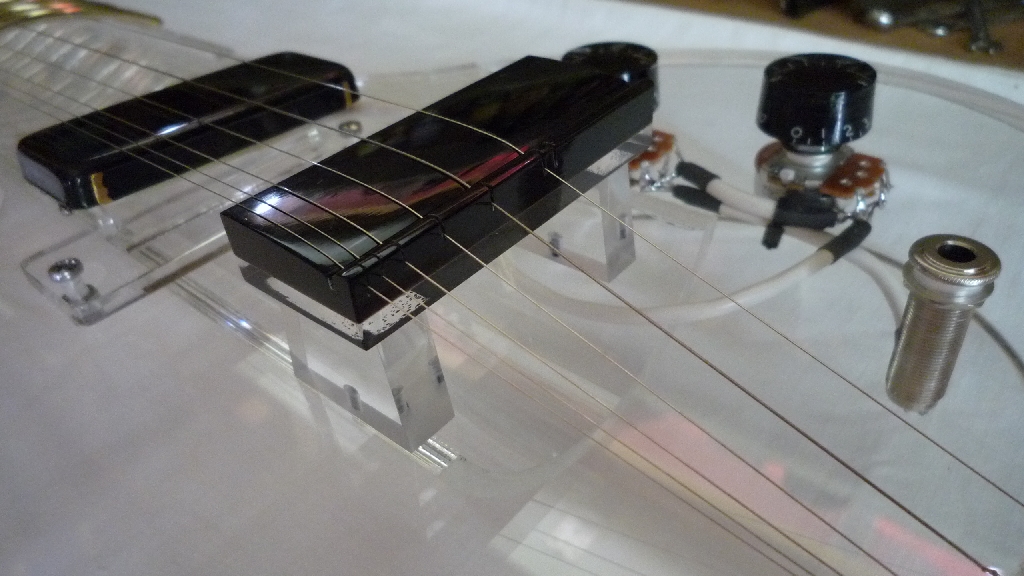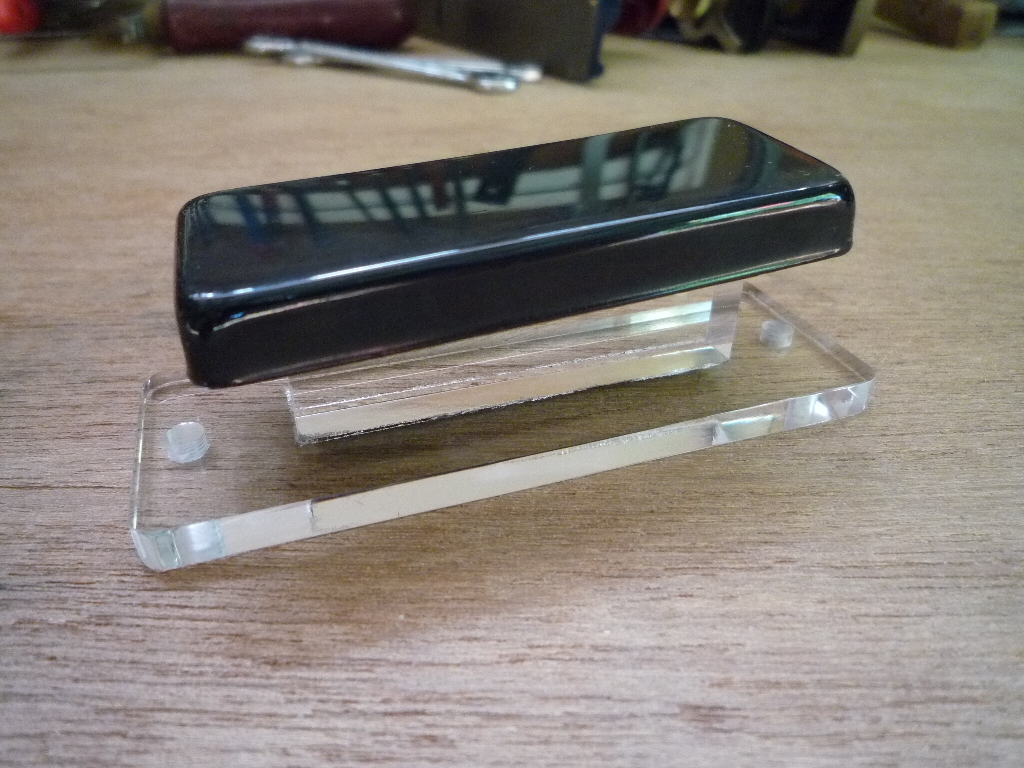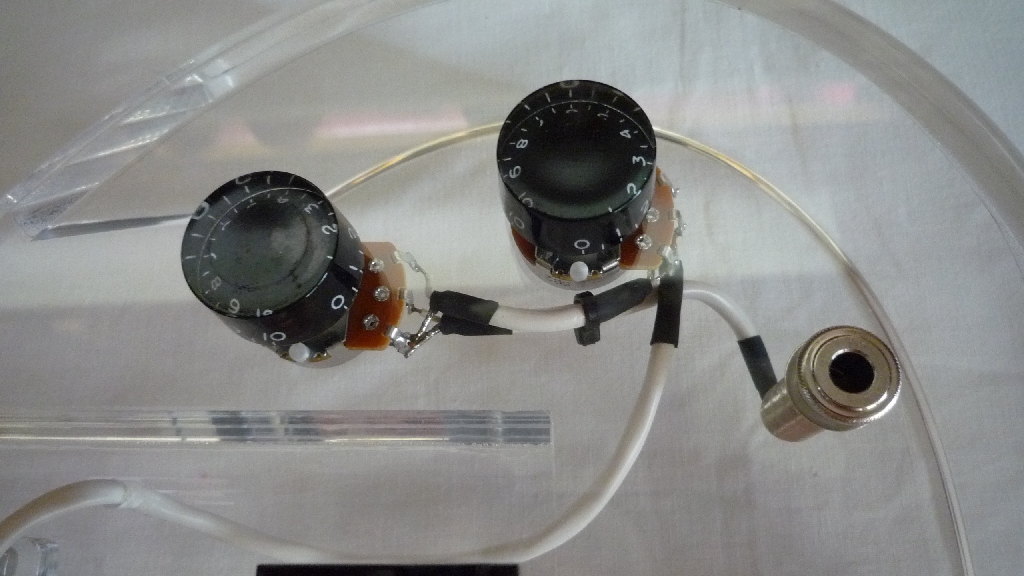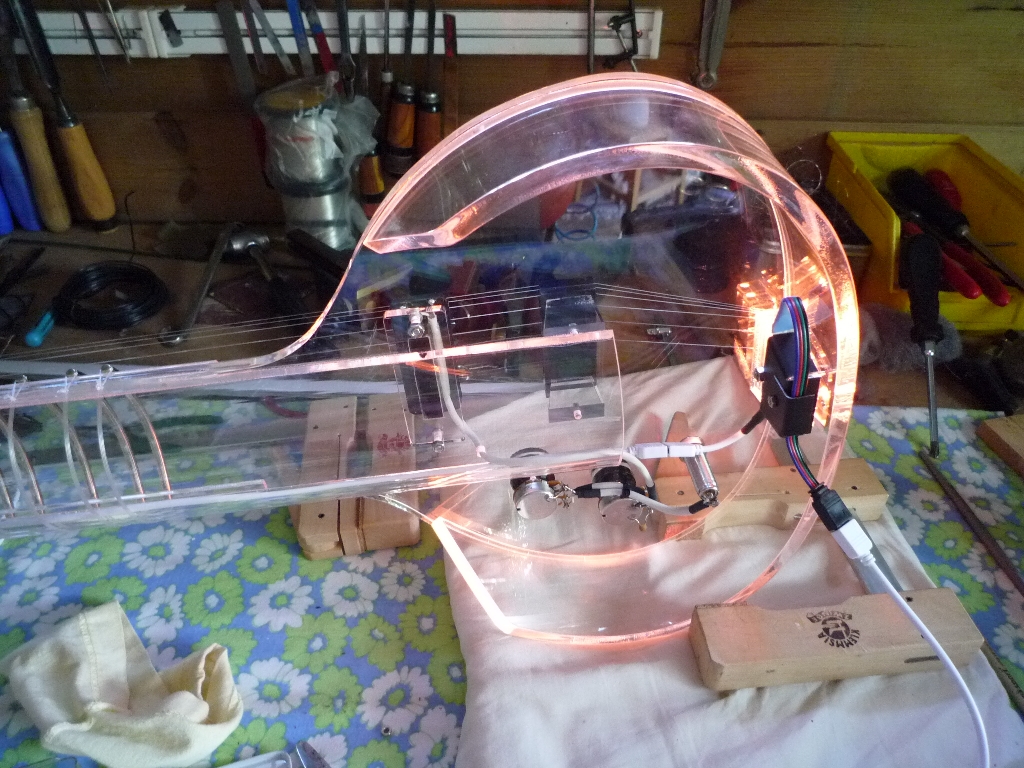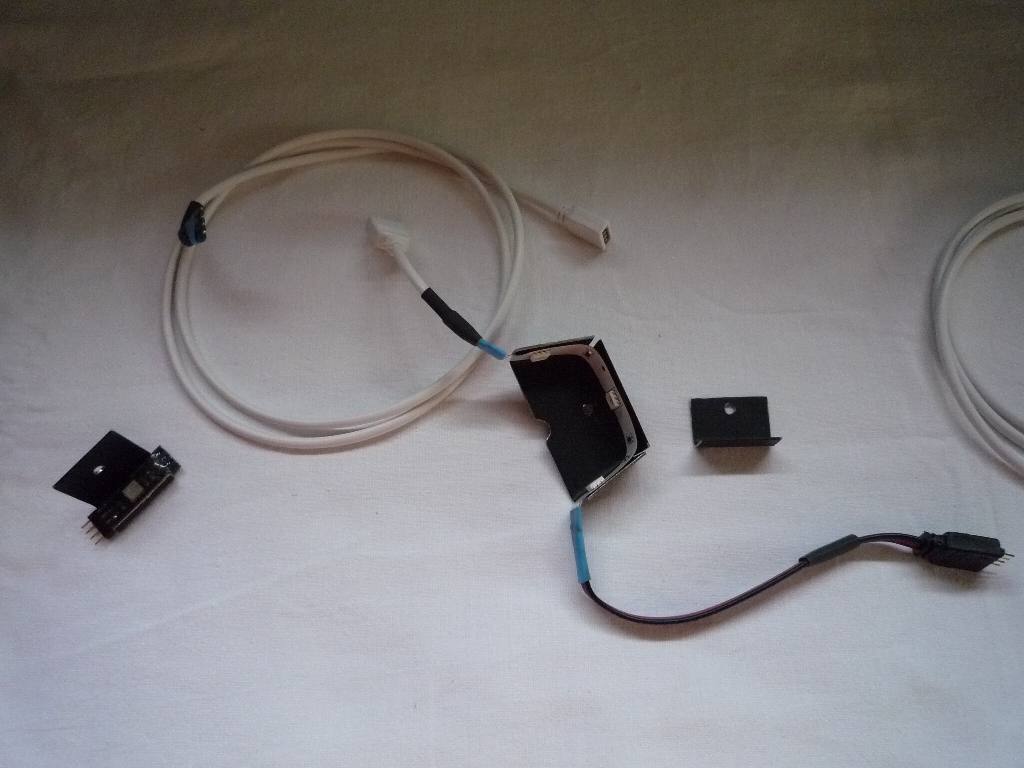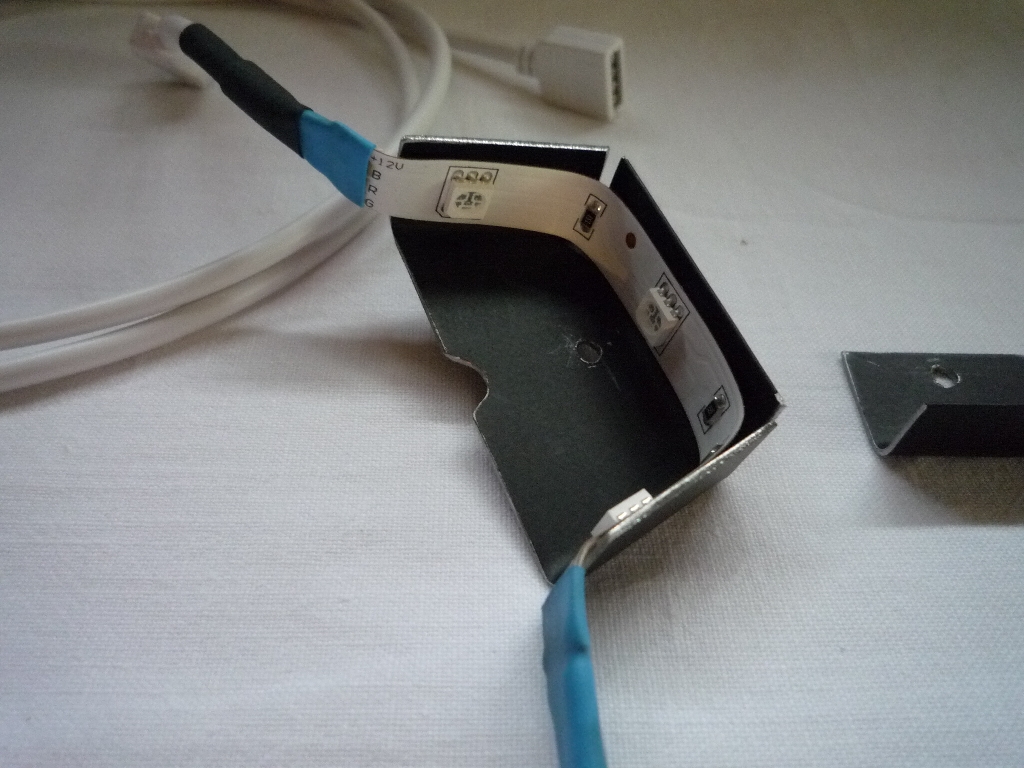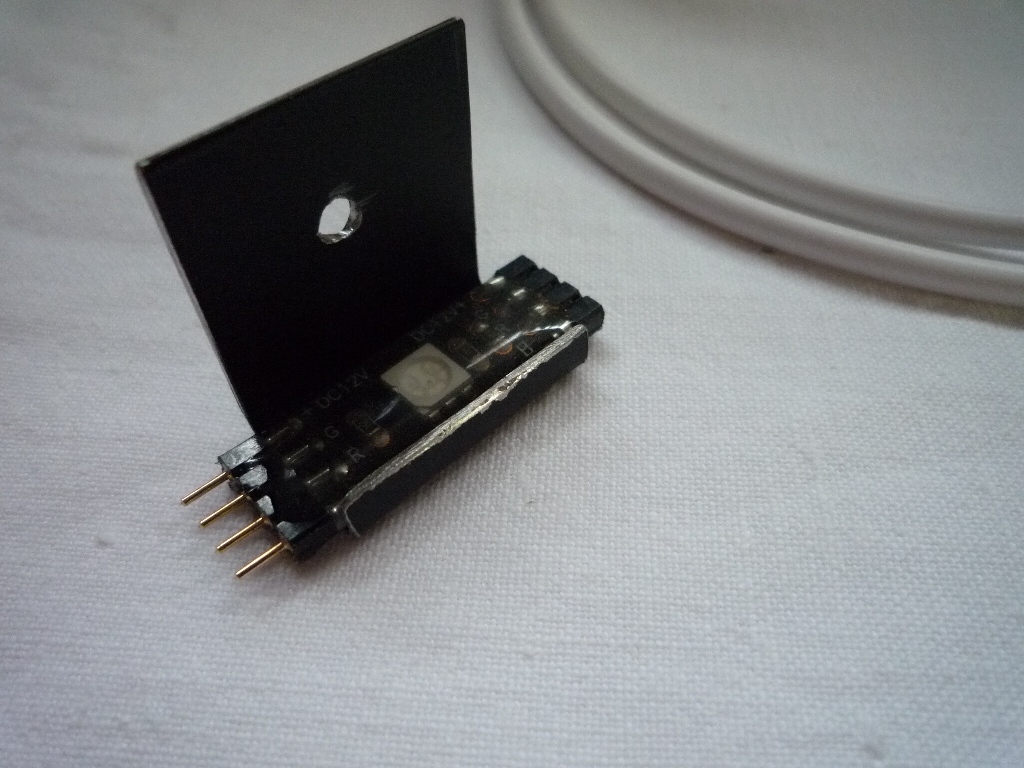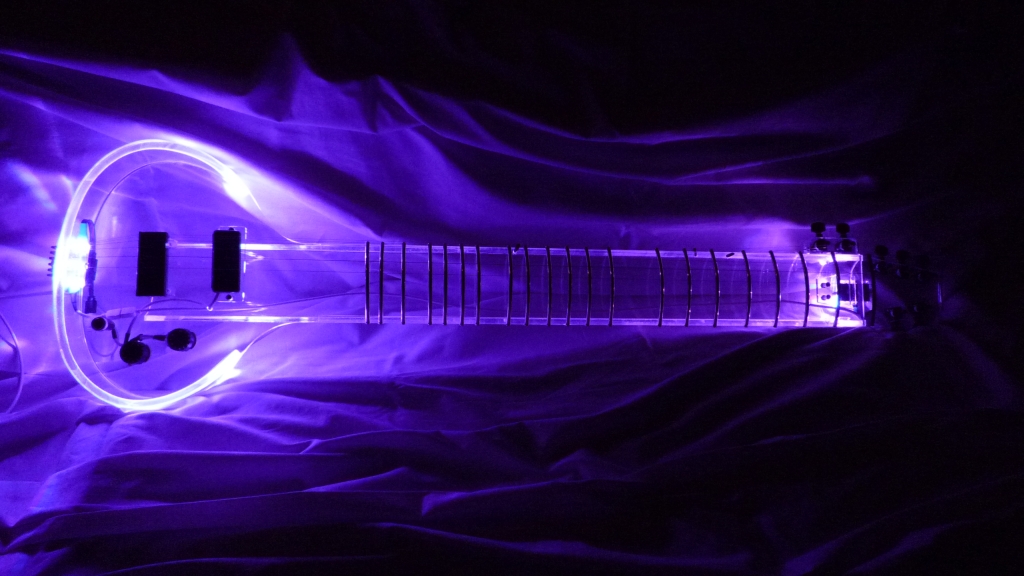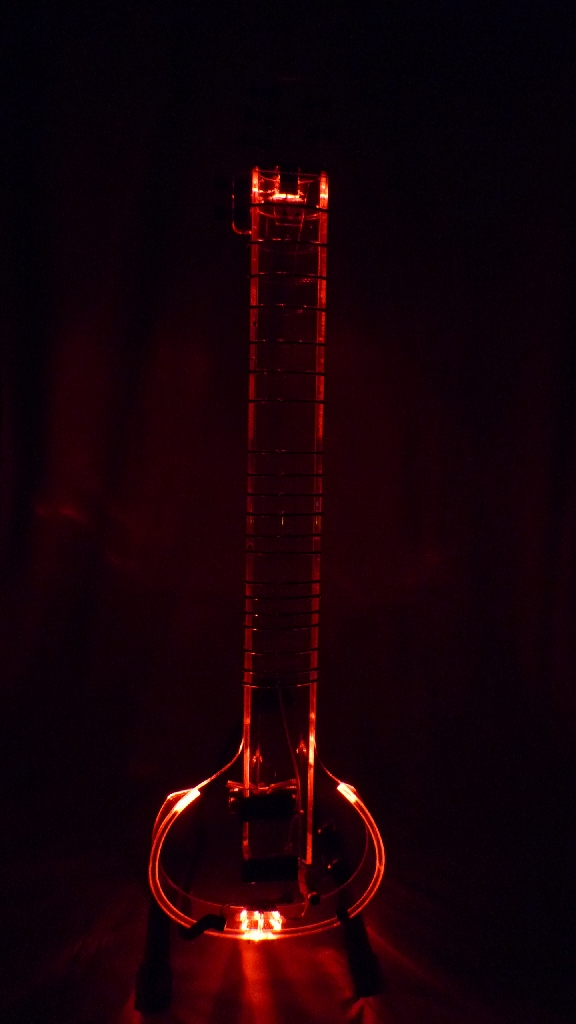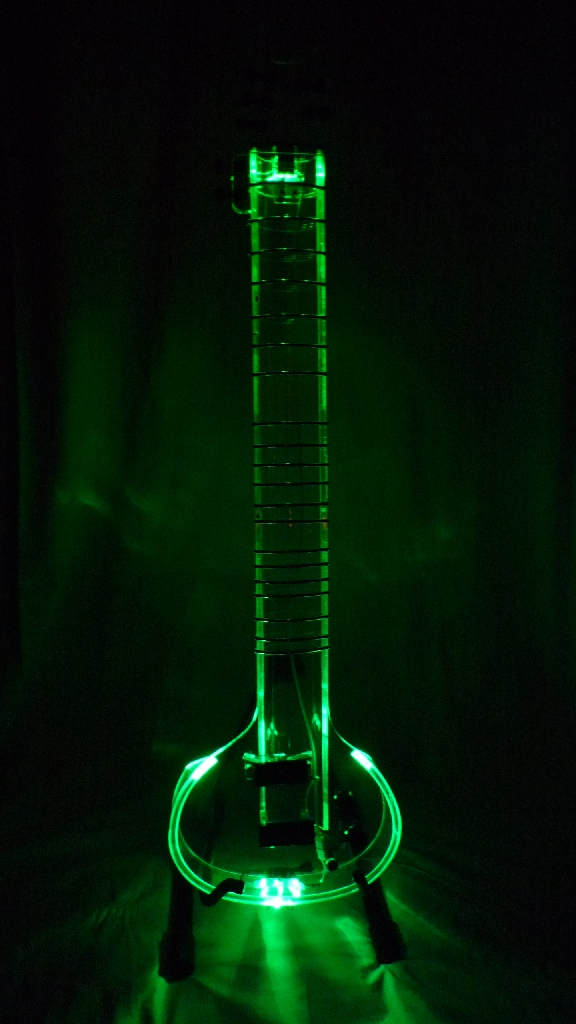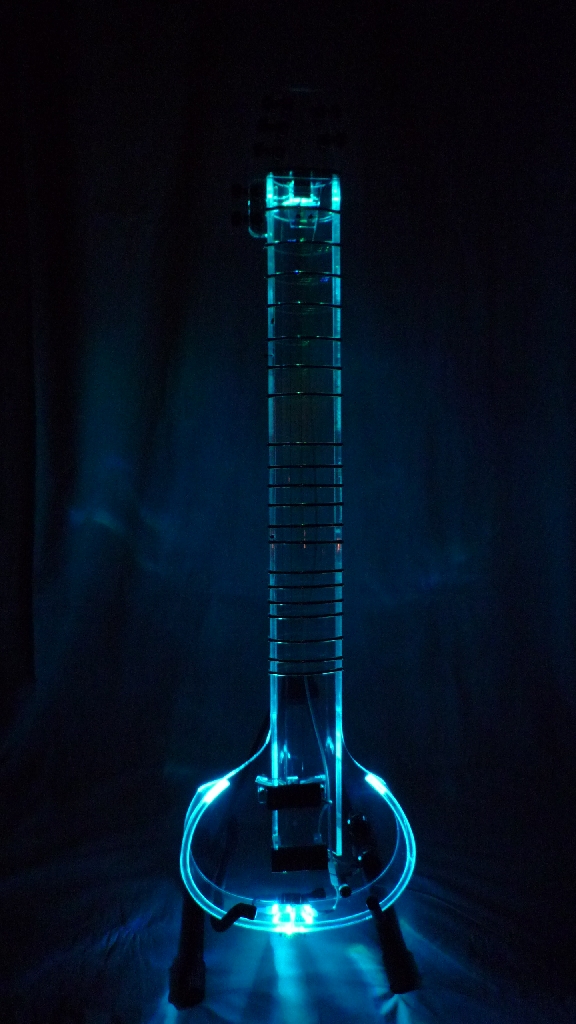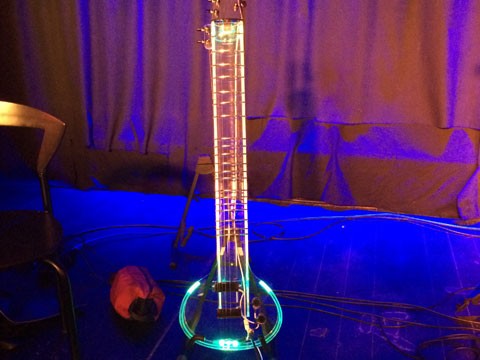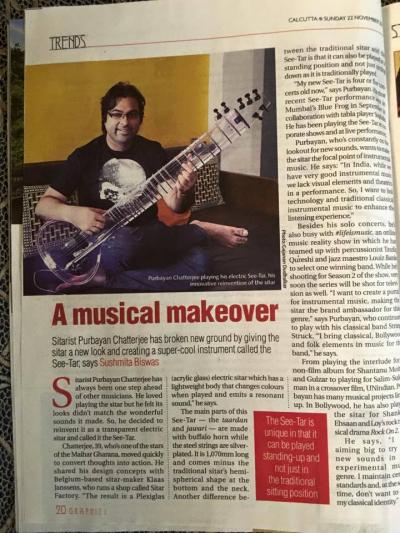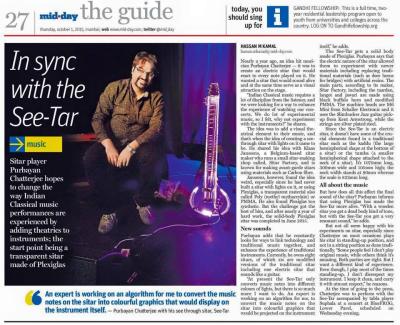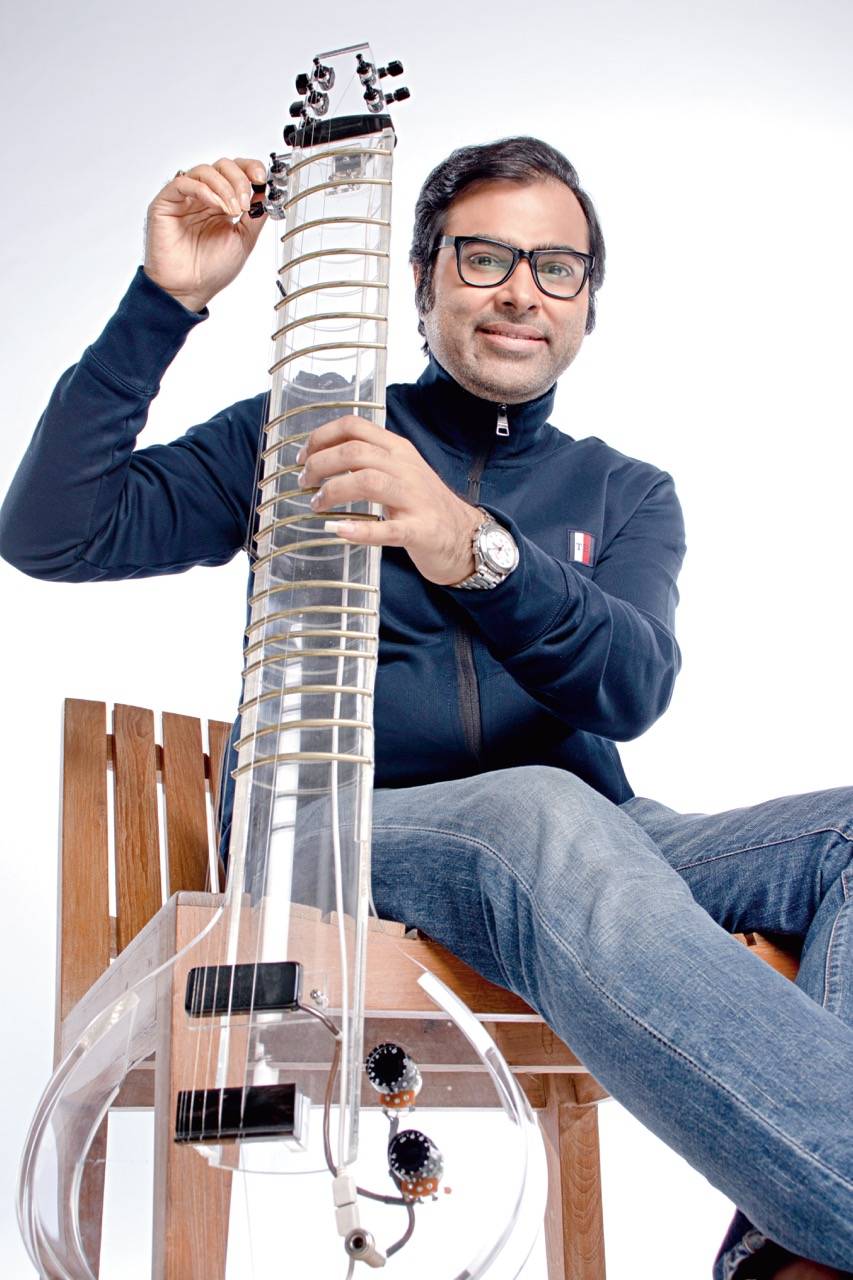 Recently, David Keustermans visited me @ Sitarfactory. He came to Belgium to show his latest sitar with some pride, and rightly so. Please read on for more details about his wonderful sitar.
Recently, David Keustermans visited me @ Sitarfactory. He came to Belgium to show his latest sitar with some pride, and rightly so. Please read on for more details about his wonderful sitar.
David started building it in october 2017 @ CMB (Centre for Musical Instrument Building – Puurs, Belgium), starting with the mould which he made together with the mould for his lute project. He then continued working on it at home in the basement until his departure to the Vercors, France, in July 2018. From August that year, he continued to work on it passionately there and by September that year the shell was finished. 
The neck had been hollowed out and attached to the shell by November. That hollowing out gave him a good tendinitis, he was unable to play guitar for six months…. and by December the fingerboard was on. He deliberately kept that one completely flat.

In February 2019, he started working on the tabli, which finally got ready in April (finished with the fish holes instead of F-holes, it’s based on Art-Nouveau carp designs, but people sometimes see sharks or whales in there 🙂 )

By September he finished the parda rails, he put in the tuning pegs in January 2020 with the help of a friendly violin maker who borrowed his reamers. By March 2020 the sitar was completed with the pardas on, but no taravs yet. In June, the tarav rail was added, deliberately opting for a system with cithar tuning pins: The neck is from Limba, a type of wood that is quite stringy, and it seemed dangerous to drill about fifteen holes in a single line along the entire length there and then to start pushing tuning pins into it…?

David based this instrument on the Dieter Zarnitz designs during a visit there but he modified Dieter’s plan a little. Dieter Zarnitz’s sitars are symmetrical, while David has given the neck on a slight angle upwards and also a slight twist opposite the tabli.

The tabli is 400mm wide. The neck is 94mm wide. The scale is 920mm (3cm longer than a standard sitar).
This baritone sitar is tuned lower then a regular sitar. It is tuned in B#, which turns out to be the Helmholz frequency of the shell. The extra bass string sounds very good.
Info about the wood of this instrument:
Merisier (from Vosges) is used for the shell, given to him by his father.

The reels are made out of Linde.
The neck and fingerboard are made from Limba.
The tarav rails are made out of Indian Rosewood.
The tabli is Epicea from near Grenoble, given to him by a violin maker (it was a piece meant to make a cello).
The langoot is made from moose antlers reinforced with steel nails

The ghodi is made out of Rosewood
A surbahar string set is mounted.
Have a look
It’s a beauty !!!
